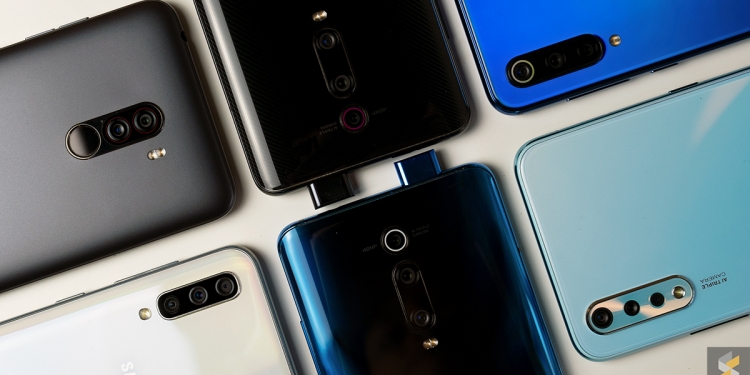UPDATE: Thanks to a price drop for one of the smartphones in our list, we’ve added in a new device into this buyer’s guide. We’ll continue to add any smartphones that are worth considering in this price bracket.
In this day and age, the budget/midrange smartphone segment is no longer reserved for those who simply aren’t too bothered with what their smartphones can actually do. It’s the middle of 2019, and affordable smartphones are arguably succeeding at blurring the lines between what constitutes a high-end smartphone, and a phone just to get you through the day.
Remember the days when you couldn’t actually take a decent picture with a smartphone below RM1,500? Or when cheaper smartphones were destined to be devices that could just about run a few apps at the same time, with a storage cap of 32GB? Yeah, those days have come and gone.
Instead, the budget/mid-range segment has been heating up ever since Xiaomi upped the ante last year with the release of the celebrated Pocophone F1, with flagship specs and features squeezed into a really, really attractive price point, similar to the impact that the OnePlus One had a few years ago. In fact, one could argue that Xiaomi has set the bar for high-performing, affordable smartphones, with competitors scrambling over themselves to meet the admittedly huge demand in that price range.
With that in mind, we’ve compiled a list of the best smartphones you can buy under RM1,500 for the first half of 2019. There are a few devices from late 2018 within the list that are still great buys even now, but for the most part, we’ve stuck to more current smartphones. I’ve not included any smartphones that cost less than RM1,000—I’ll be posting another buyer’s guide soon, which will have the best 2019 devices under RM1,000.
Before we move on, it’s important to note that everyone has different priorities when it comes to their daily drivers, and as such, there’s really no right and wrong when it comes to picking the best option for you. To ensure that this guide only has the best options in this price range, there are several minimum requirements that each device within the list must meet: At least a midrange processor (eg. Snapdragon 6xx and above, Exynos 9610), a Full HD resolution, and smartphones that are on Android Oreo and above.
We’ve also stuck to smartphones that are officially available in Malaysia, as AP sets from China bring a certain degree of risk when it comes to after sales support and warranties. Therefore, prices listed in each section are retail prices, although you can probably find slightly cheaper deals from local retailers—remember to check if the warranties are covered by local manufacturers, as well.
If this is your first time on one of our guides, no worries—each smartphone will have an entry within the following table of contents, with a brief rundown on some specs and features for each entry provided. We’ve also included updated prices for each device; you’d be best advised to stick to official stores and authorised resellers, although imported AP sets from China can be tempting with more affordable prices.
When you’re done going through all of the entries, you can view a full comparison table so you can see specs from each smartphone on the list side-by-side (you can also jump straight there, no judgement). And if you’re still having trouble deciding, we’ve also included an “Editor’s choice” at the end where you’ll see the best 3 smartphones in the segment, in our humble opinions.
Now that we’ve caught you up to speed, let’s get things started.
Editor’s note: The following list is compiled in alphabetical order.
[nextpage title=”Honor View 20″]
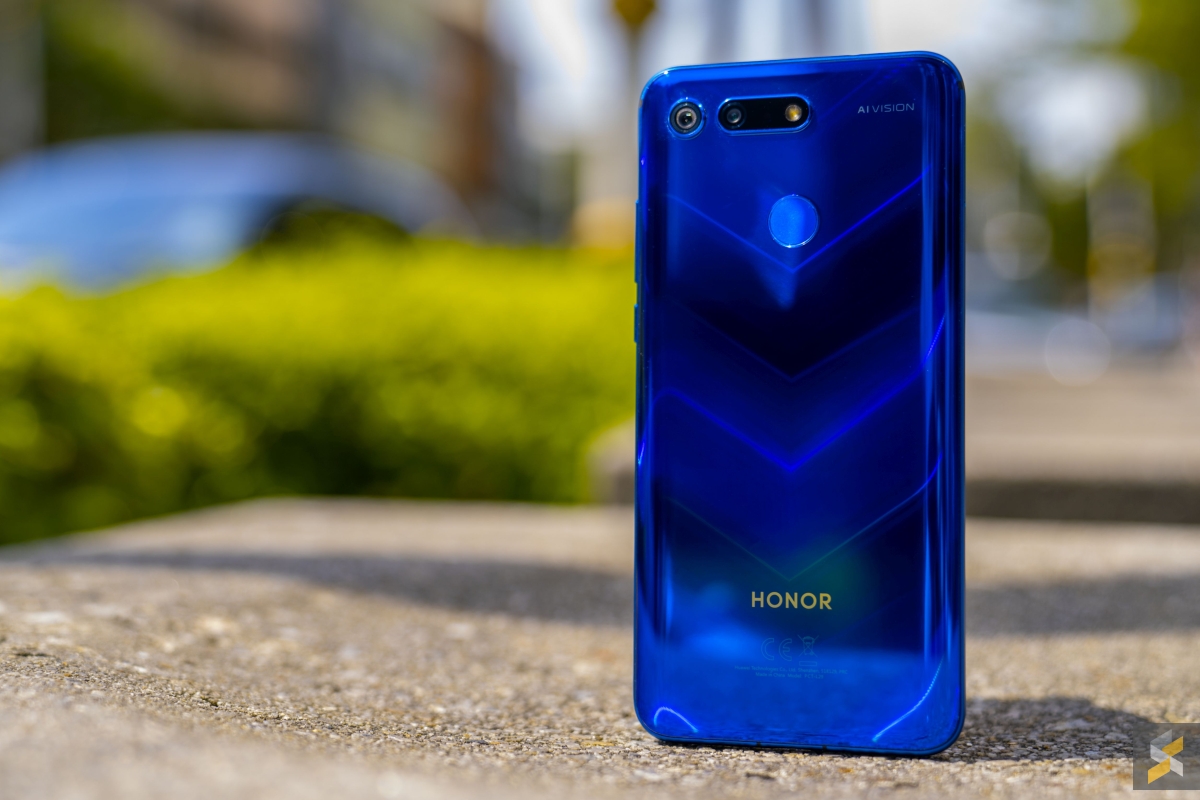
UPDATE: The Honor View 20 was only announced at the beginning of 2019 with a retail price of RM1,999—but Honor Malaysia has just slashed the price of the base model of its flagship smartphone to RM1,499. This means that it just about makes it into this edition of the buyer’s guide, and it certainly packs a punch for its (reduced) price.
You get 6GB of RAM and 128GB of storage for just under RM1,500, with a 6.4″ screen, a big 4,000mAh battery, and a 3.5mm headphone jack. But where it shines is its processor: the same Kirin 980 that Huawei P30 Pro sports.
For photography, the device is well-equipped with a 48MP Sony IMX586 main sensor, with AI features that help with low-light photos. It’s only a dual-camera setup, however, without an ultra wide-angle lens to lend some versatility to your shots. It does come with a Time of Flight (ToF) secondary sensor that projects infrared light on the scene all at once and measures the phase shift in the light reflected back to the image sensor. This, of course, is also present in the premium P30 Pro.
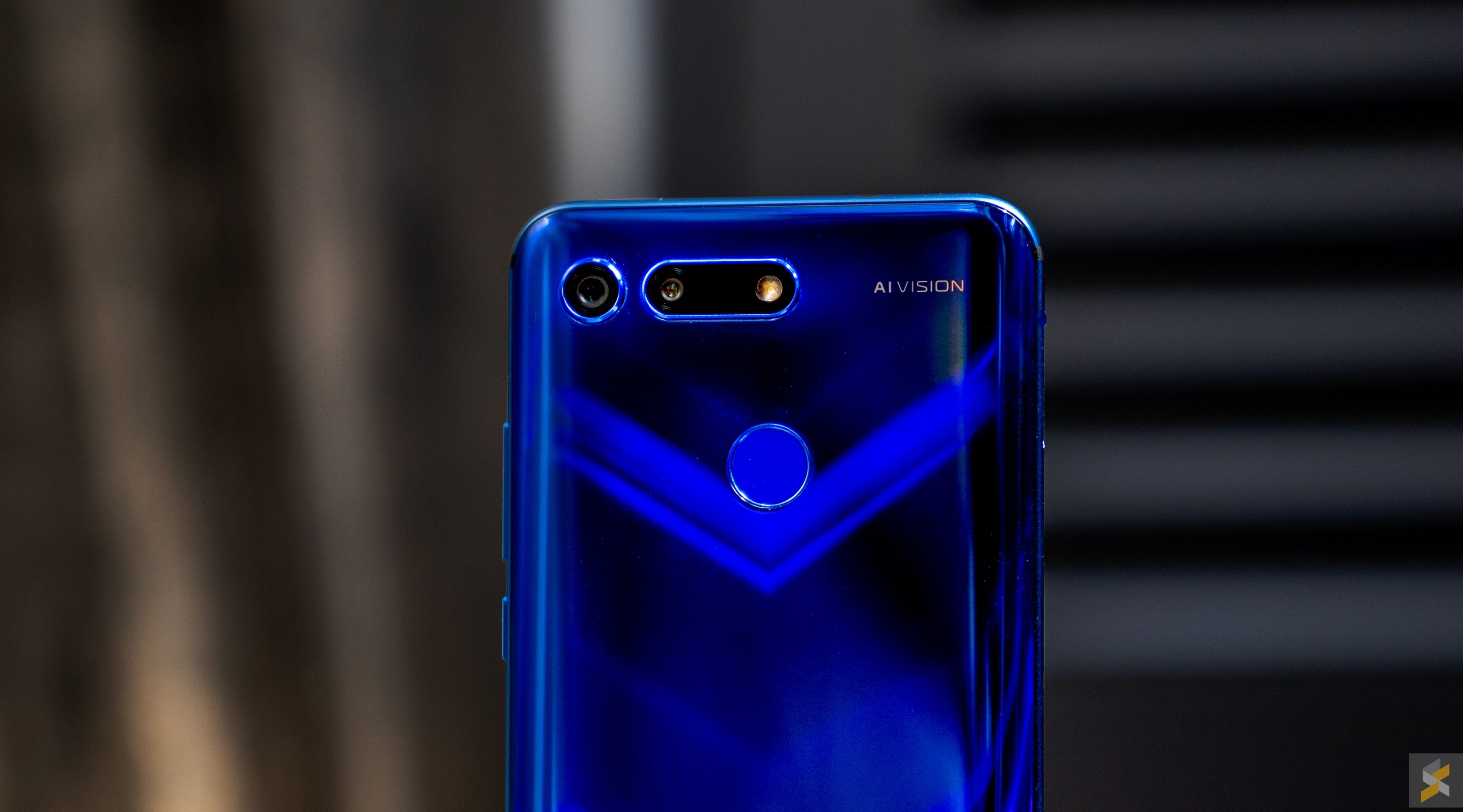
Overall, I’d say that the Honor View 20 is certainly one of the better phones you can get at this price. It’s also one of the few devices on this list that’s powered by an actual flagship-class SoC, which means that powerhouse users should have absolutely no issues with their day-to-day, or even gaming. If I had to nitpick, I’d still prefer an AMOLED display on the View 20, and perhaps an ultra wide-angle lens.
It’s also worth noting that while the official RRP is now RM1,499, the Honor official store on Lazada is now selling the View 20 for RM1,399. If you’d like to find out more, here’s our full review of the Honor View 20.
Honor View 20—6GB RAM, 128GB storage—RM1,499
Where to buy:
Online: Lazada, Shopee
Store: Authorised Honor retailers
[nextpage title=”Huawei Y Max”]
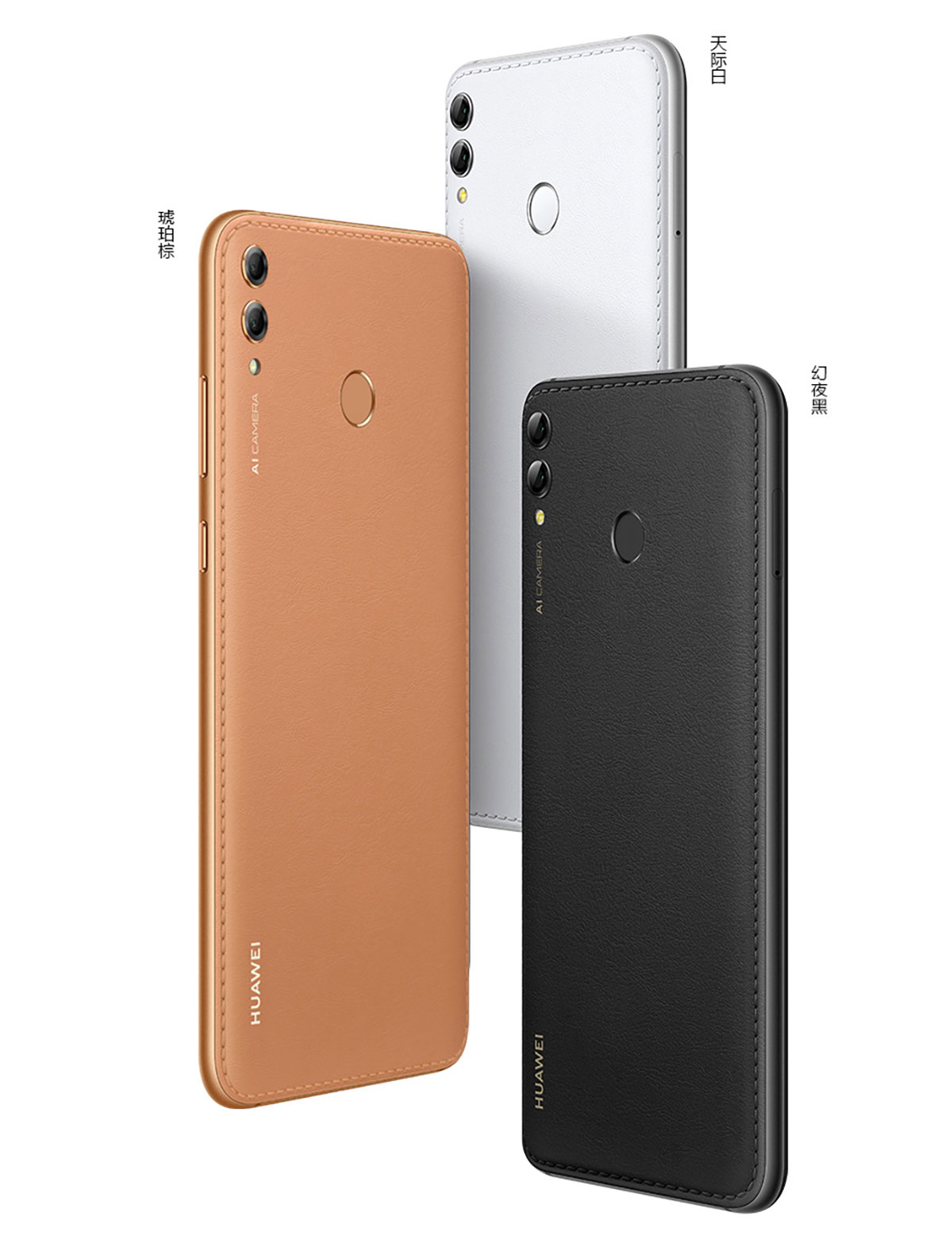
Sometimes, big is simply better. If that line of thinking applies to you, than perhaps Huawei’s Y Max might just rub you the right way. First up, the Y Max comes with a monster of a display—a 7.12″ Full HD+ IPS display. Thanks to the dewdrop notch, the gigantic screen is pretty much unobscured, which makes the Y Max a great device for media consumption.
But with all large displays, it’s rather important to have a big battery powering the device. The Y Max doesn’t disappoint here, with a large 5,000mAh battery, while it’s powered by the capable midrange Snapdragon 660. As for its photo capabilities, you get a slightly underwhelming dual-camera setup at the rear (16MP + 2MP), while it has an 8MP selfie camera.
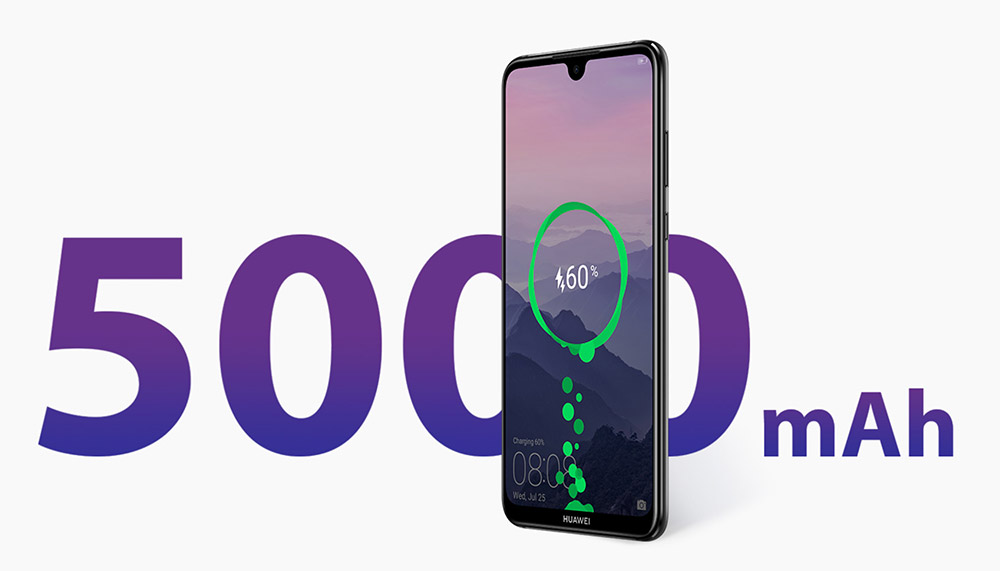
The version that’s available to the Malaysian market is the 4GB RAM + 128GB storage variant (expandable storage via microSD), and for the price, you’re getting quite a capable device for your YouTube or Netflix needs. A decent processor, a great battery, and a huge screen—a neat option if that’s what you need, although I’d have to say that the camera would a drawback for those that wish to use the smartphone as their primary photo-taking device.
Huawei Y Max—4GB RAM, 128GB storage—RM1,299
Where to buy:
Online: Huawei Online Store
Store: Authorised Huawei retailers
[nextpage title=”Lenovo Z5s”]
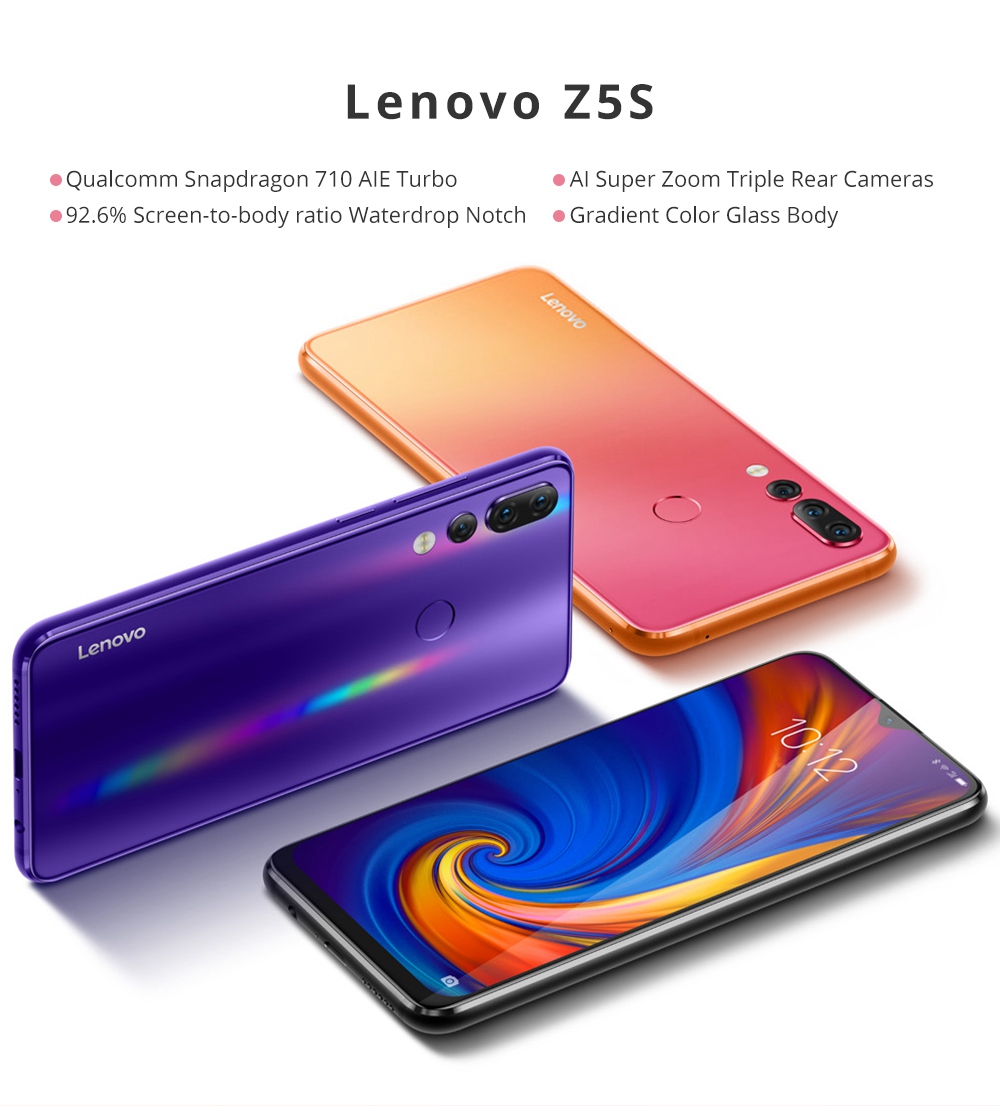
Motorola-owned Lenovo released the Lenovo Z5s at the tail-end of 2018, and the phone remains a viable option in this category. It’s a 6.3″ Full HD+ screen which has a 19:9 screen ratio, while the Z5s comes with the upper-midrange Snapdragon 710 under the hood, which is a nice touch at this price.
A 3,300mAh battery is sufficient for most, while the phone also supports 15W fast-charging. On the camera side of things, Lenovo has equipped the phone with a triple-camera setup (16MP f/1.8 wide angle, 8MP f/2.4 telephoto, and 5MP f/2.4 depth sensor), with a 16MP HDR front-facing camera for selfies.
The phone (unfortunately) still uses a microUSB uses a USB-C port for charging and data transfers, and you have the ability to expand the storage of the Z5s via microSD—up to 256GB microSD expansion is supported.
With solid, if unspectacular, specs, the Lenovo Z5s is certainly one to consider, although I’d argue there are better options available within this guide.
Lenovo Z5s—6GB RAM, 64GB storage—RM1,149
Where to buy:
Online: Lazada, Shopee
Store: Authorised Lenovo retailers
[nextpage title=”Nokia 6.1 Plus”]
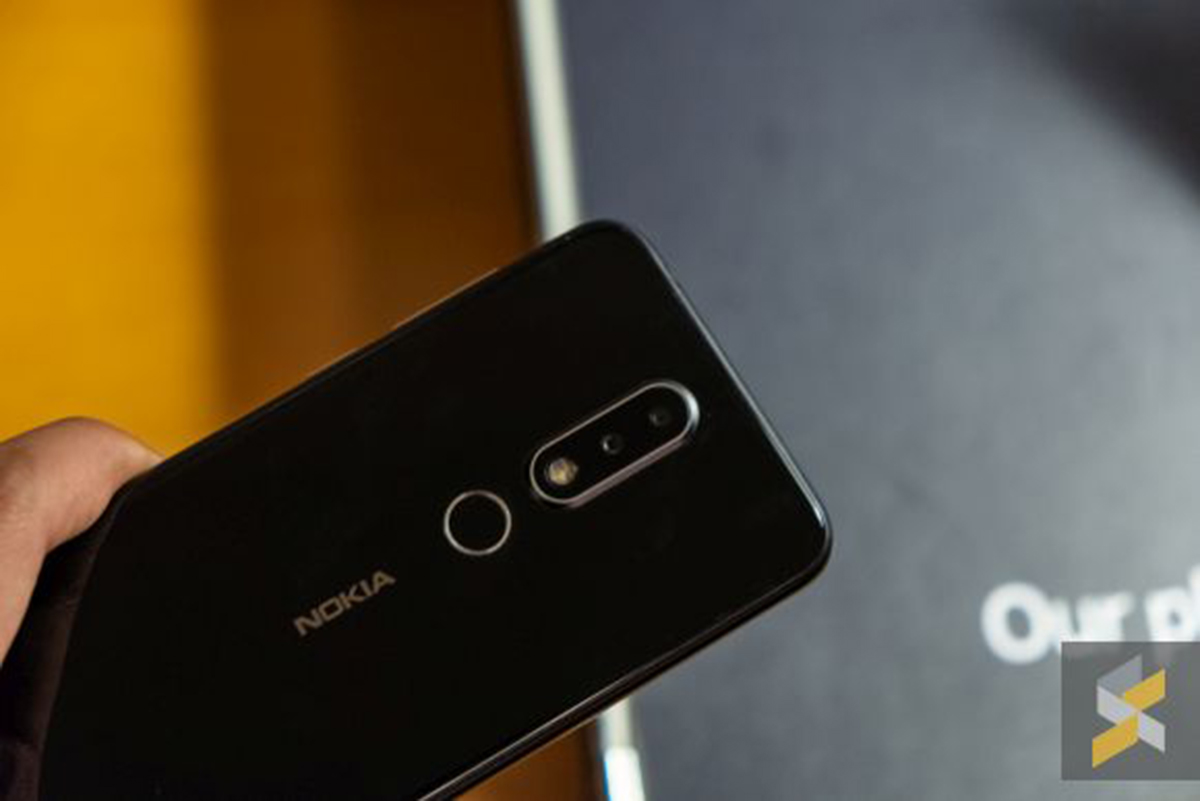
Finally, a Nokia smartphone that makes it onto the list! Almost all of the Finnish company’s smartphones come with Android One, which makes the Nokia 6.1 Plus a suitable choice for those that are looking for a stock Android experience.
It’s not really feature-packed per se, but Nokia has made a device that certainly has its market among users. A glass and metal body lends itself to a premium feel for the 6.1, although you get a relatively small (5.8″) Full HD+ display. The Snapdragon 636 under the hood is comparatively powerful in the midrange, but the device’s battery is small by today’s standards—3,060mAh.
4GB of RAM is right about par, and you’ll be glad to know that the device can be charged via USB-C, and supports Qualcomm’s Quick Charge (up to 3.0). It falls a little short with the camera setup, with a dual-camera setup at the rear—6MP+5MP—and a 16MP selfie camera that’s housed in a large notch.
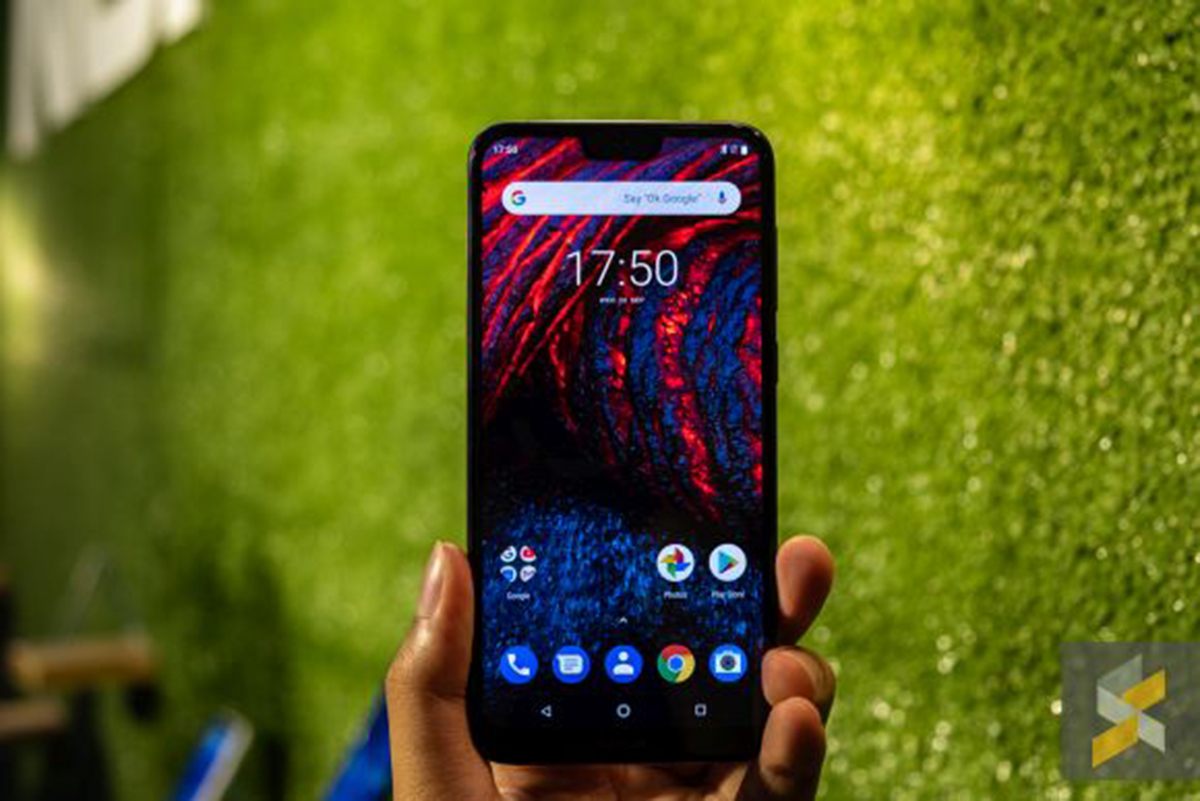
Not the best Android One device on this list, the Nokia 6.1 Plus is hampered by the small battery, unfortunately. But if you’re still looking for a vanilla Android experience and you want to stay away from Chinese smartphone makers (for whatever reason), it’s an option.
If you’re thinking of picking one up, I’ve noticed that while Nokia’s flagship store on Lazada retails the 6.1 Plus at RM1,149, you can pick up the device on Shopee from retailer DirectD for under RM1,000 (see links below).
Nokia 6.1 Plus—4GB RAM, 64GB storage—RM1,149
Where to buy:
Online: Lazada, Shopee
Store: Authorised Nokia retailers
[nextpage title=”Oppo F11 Pro”]
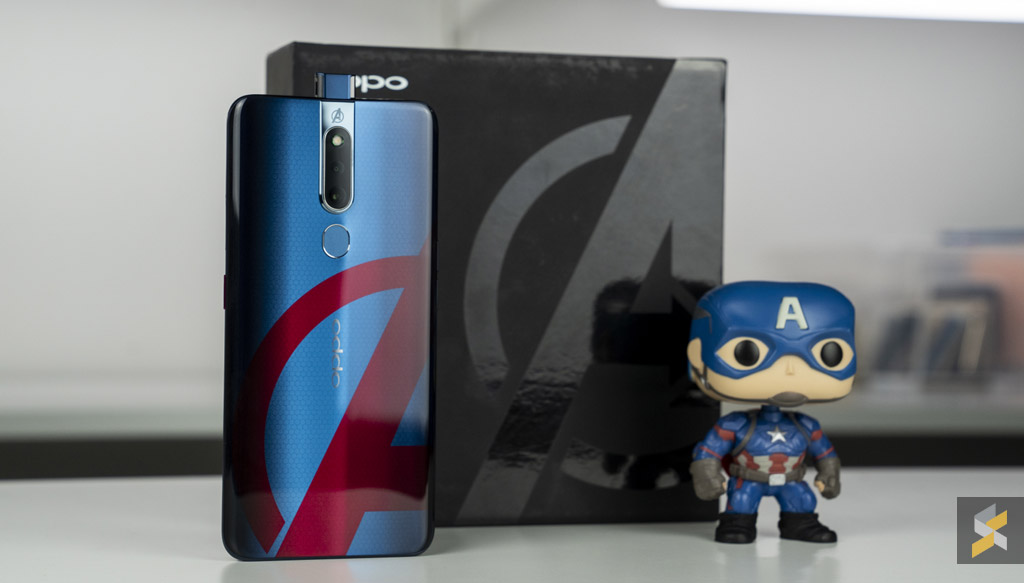
The Oppo F11 Pro is another Chinese midrange smartphone, and offers enough power and features for most users. Its 6.5″ IPS display is a pretty sight to look at, thanks to bezels that are relatively slim, along with the fact that it is notchless. The MediaTek Helio P70 powering the phone is decent enough for most tasks, while you’ll get 6GB of RAM and 64GB of storage.
While the 4,000mAh battery is certainly large, the F11 Pro still charges via microUSB, despite the fact that Oppo’s VOOC Flash Charge 3.0 fast-charging technology is supported here.
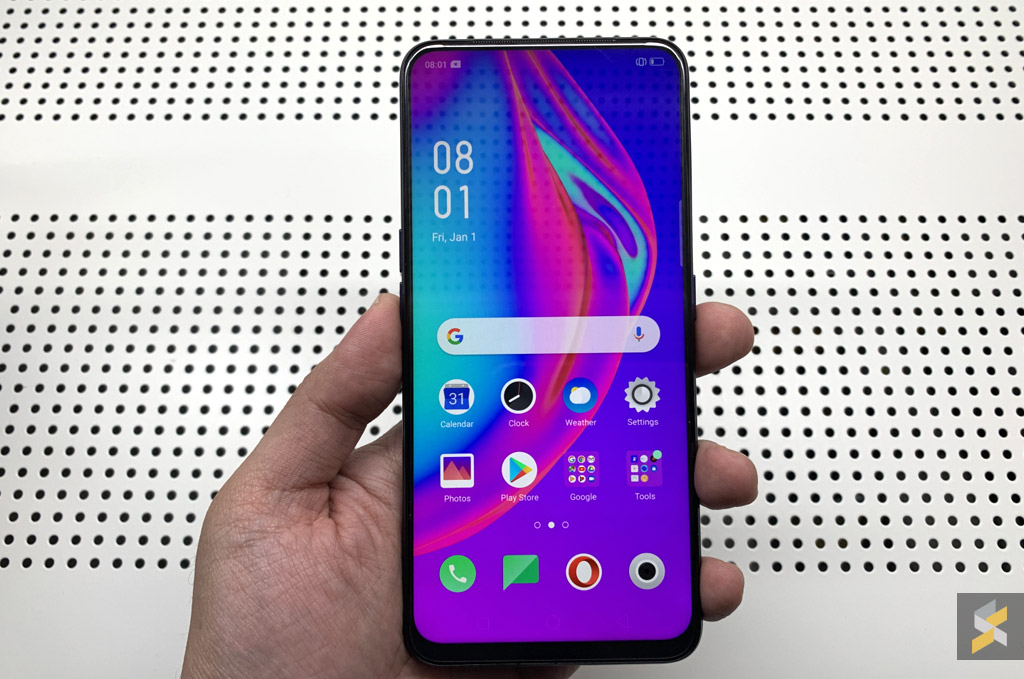
It’s in the photography department that the F11 Pro makes somewhat of an impression, with a 48MP+5MP dual setup at the rear—Oppo says that these combine to produce brilliant portrait photos in low-light conditions. It’s a reasonable enough choice at under RM1,200, but perhaps it’s held back by the microUSB port.
Strangely enough, Oppo is currently pricing the 64GB variant at RM100 more than the larger 128GB storage option, so be sure to pick up the top-spec model if you’ve decided to opt for the F11 Pro. Interested? Click here to read more.
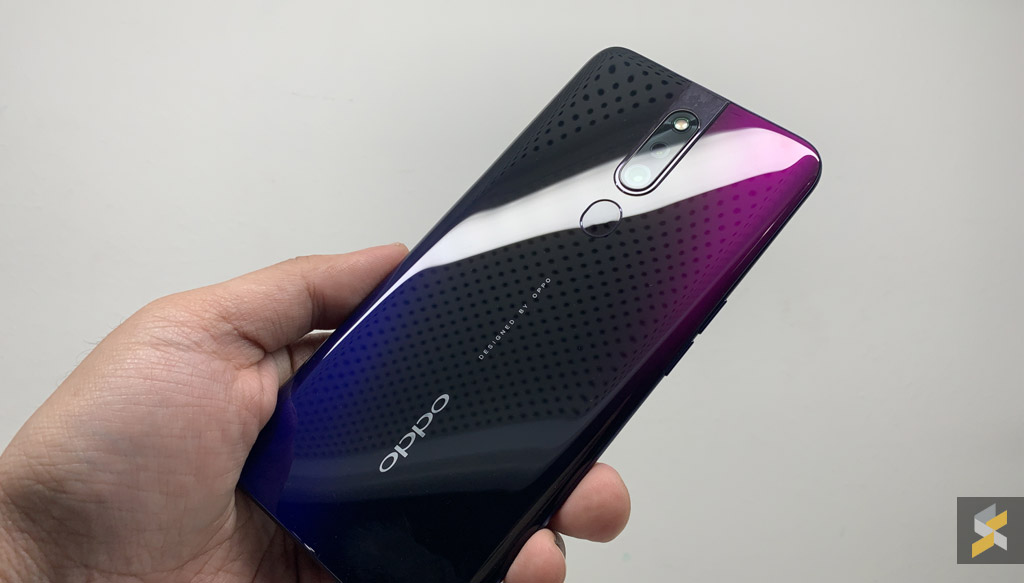
Oppo F11 Pro—6GB RAM, 64GB storage—RM1,299
Oppo F11 Pro—6GB RAM, 128GB storage—RM1,199
Where to buy:
Online: Lazada, Shopee
Store: Authorised Oppo retailers
[nextpage title=”Pocophone F1″]
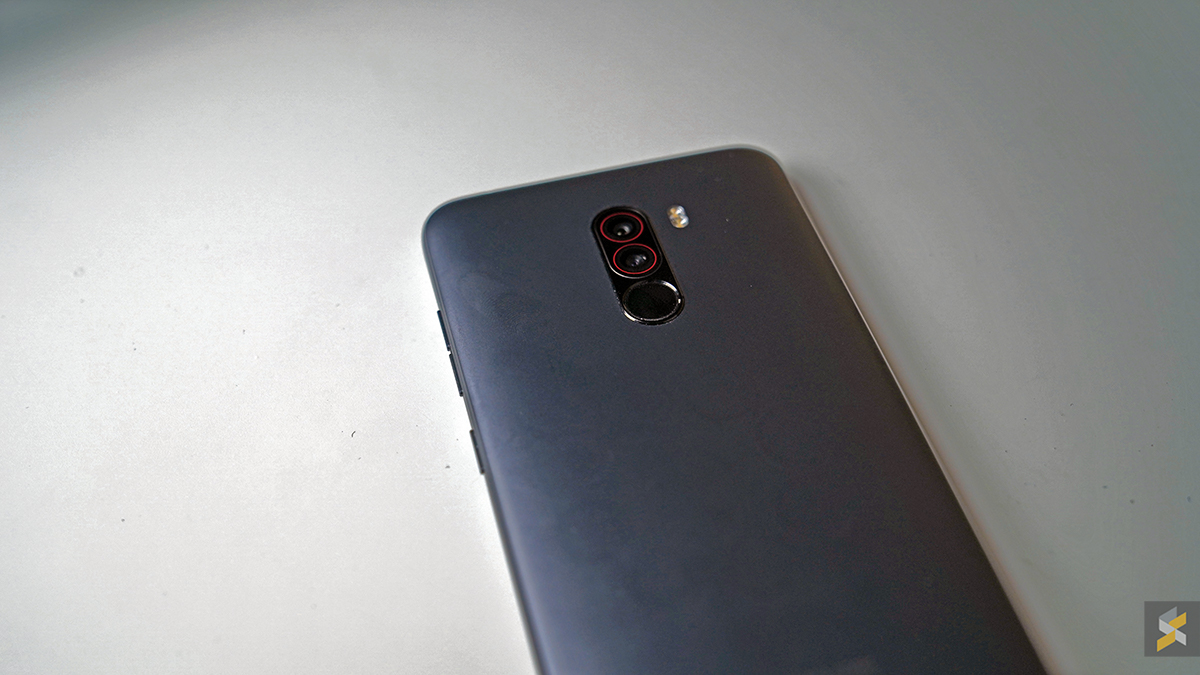
The Pocophone F1 has been around for some time now, but still makes it onto this list for the sheer value it brings to the table—even in the middle of 2019. There isn’t a F2 just yet, so let’s take a look at the F1’s pros and cons.
You get a flagship-level, albeit slightly older SoC, the Snapdragon 845, along with 6GB of RAM and up to 128GB storage. There’s support for Qualcomm’s Quick Charge 3.0, while most users will find the 4,000mAh to be more than enough.
On the other hand, the Pocophone F1’s downsides aren’t too depressing, especially if you’re shopping in this price range. The display, while decent enough, is a Full HD+ IPS display, even if the camera lacks Optical Image Stabilisation (OIS), which can be very apparent while taking videos. The body is made from polycarbonate, which is basically plastic; some users find that it feels cheap, while others like the durability offered by the plastic.
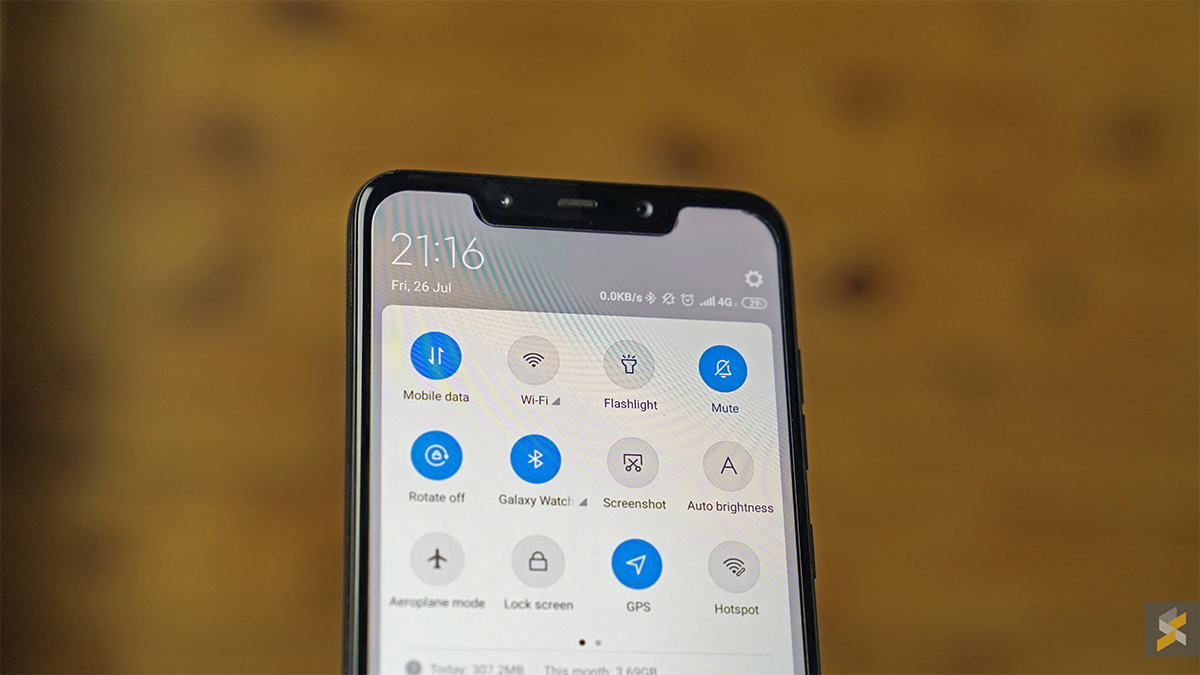
For photos, the camera is somewhat disappointing if you put it side-by-side with flagships. But for the midrange category, I’d say that you’re getting on-par photos from the F1. It’s a dual-camera setup consisting of a 12 MP f/1.9 main sensor, along with a 5MP selfie camera.
In fact, Poco has been regularly updating the device over its lifetime thus far, and issues like Widevine L1 certification have been remedied via OTA updates. If you’re looking for raw power under the hood, and can live with the display, the Pocophone F1 ticks a lot of boxes. You can read more about the Pocophone F1 here.
Pocophone F1—6GB RAM, 64GB storage—RM1,099
Pocophone F1—6GB RAM, 128GB storage—(only available at physical Mi Stores)
Where to buy:
Online: Lazada, Shopee
Store: Authorised Xiaomi retailers
[nextpage title=”Samsung Galaxy A50″]
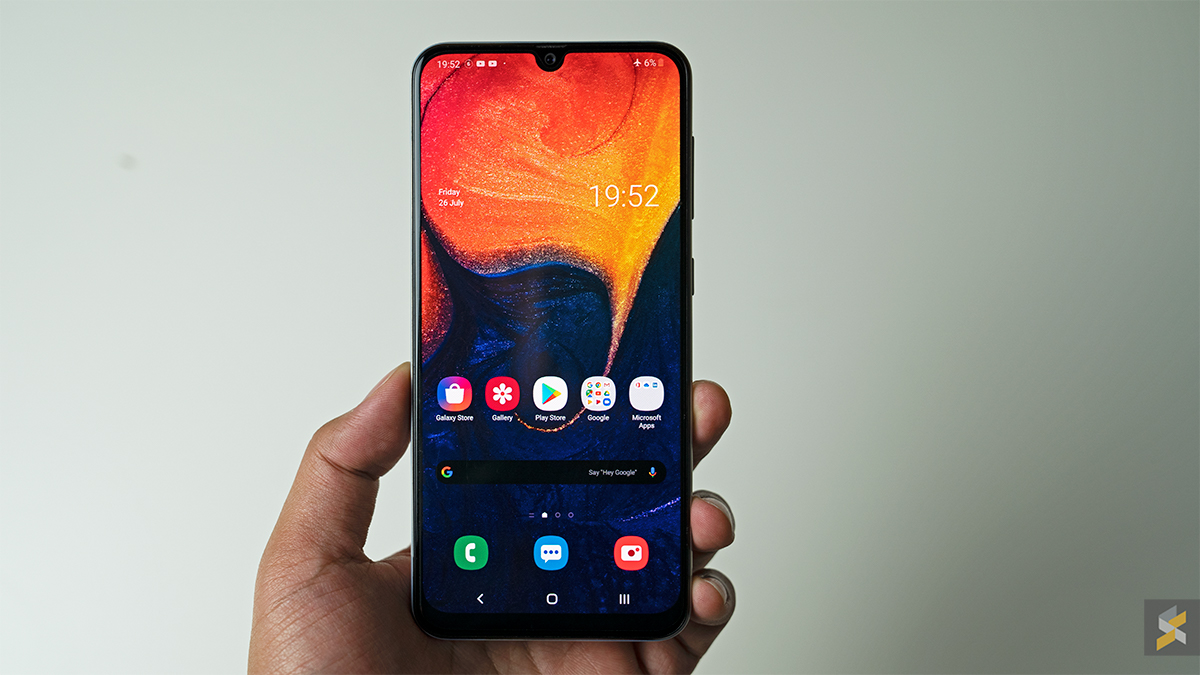
One of Samsung’s “premium midrange” smartphones, the Galaxy A50 has a great 6.4″ Full HD+ display, with minimum screen obstruction from the u-shaped notch it sports. Samsung’s Infinity-U display, like most Samsung smartphones, is a Super AMOLED display—making it one of the best screens you can get at this price.
Powered by Samsung’s Exynos 9610, the 6GB RAM/128GB storage variant is the only one available locally. You’re well covered for photos, with a standard triple-camera setup at the back that comprises a 25MP f/1.7 aperture wide camera, an 8MP f/2.2 aperture ultra wide-camera, and a third 5MP depth sensor. Up front, the Galaxy A50 features a 25MP selfie shooter with a f/2.0 aperture lens.
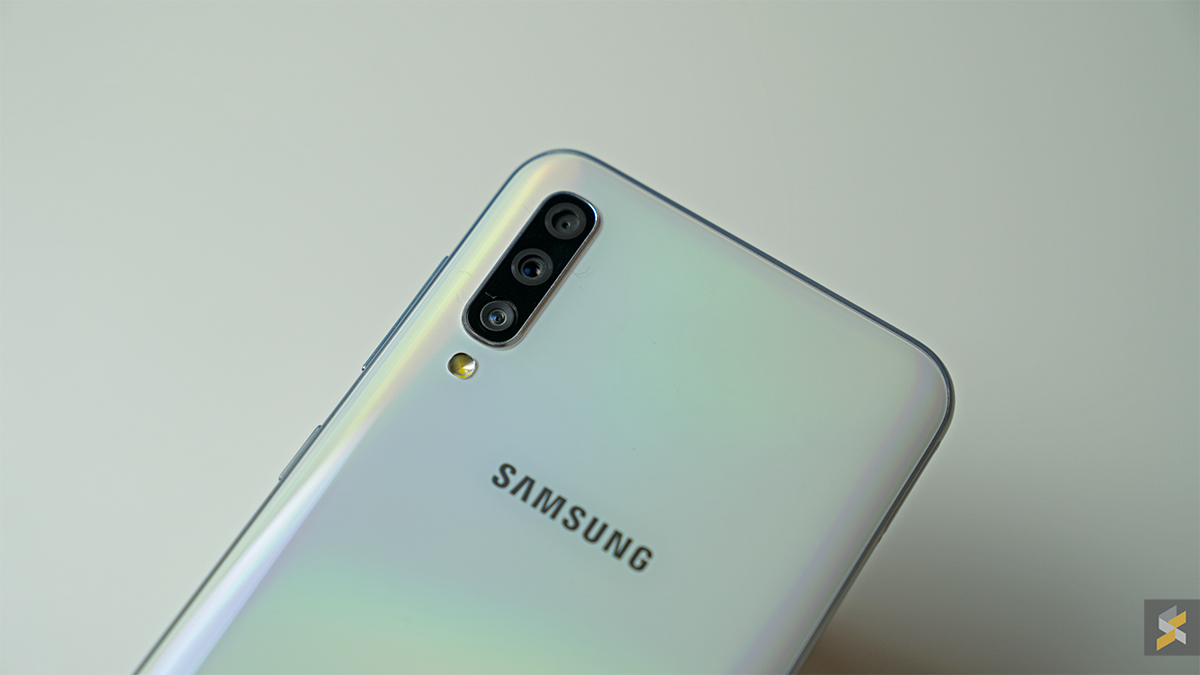
A large 4,000mAh battery means the A50 should be able to last more than day on average, while a glossy “3D Glasstic” back gives it a more premium feel (compared to plastic backs, at least). If you’re looking for a superb display along with solid supporting specs, the A50 isn’t a bad choice at all.
Samsung Galaxy A50—6GB RAM, 128GB storage—RM1,199
Where to buy:
Online: Lazada, Shopee
Store: Authorised Samsung retailers
[nextpage title=”Vivo S1″]
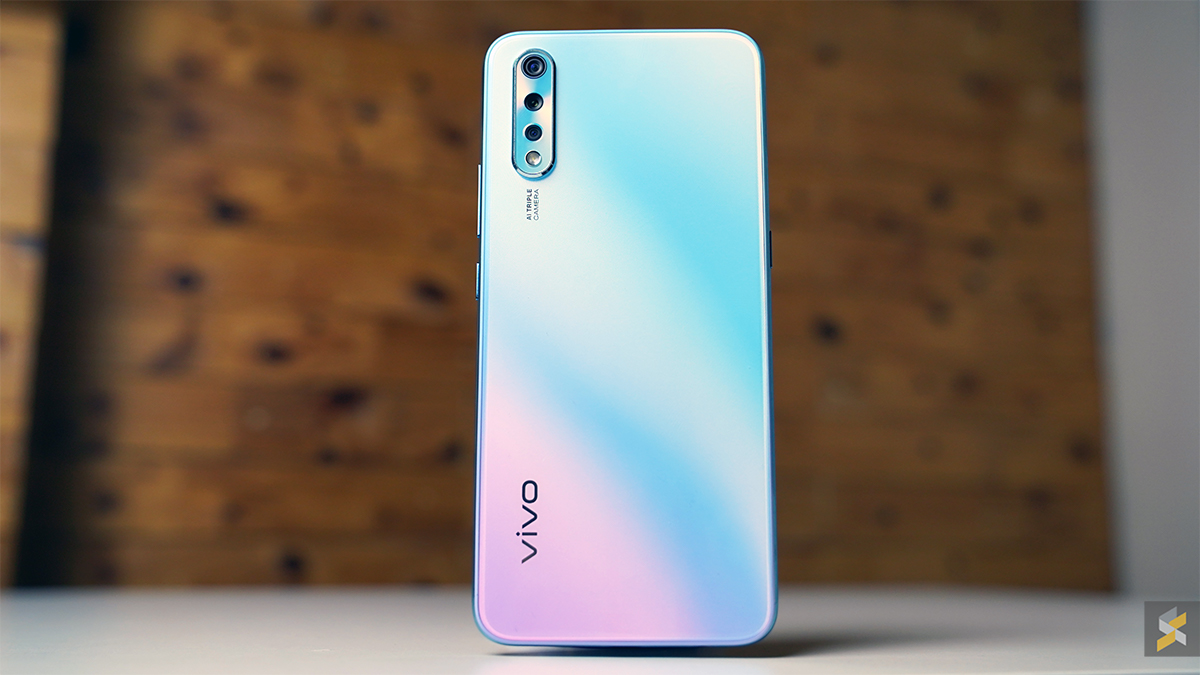
Vivo’s latest midrange device was just launched, and it seems like we’ve got a great smartphone on our hands. Now, the two things that immediately stand out are the S1’s battery, and the display—let’s discuss those first.
A 6.38″ Full HD+ Super AMOLED display is undoubtedly one of the best screens in this guide—it’s big, it’s Full HD, and thanks to the AMOLED display, it’ll look a whole lot better than most IPS displays that are featured on this list. There’s no pop-up selfie camera, with a 32MP front-facing camera housed in a small teardrop-shaped notch on the front.
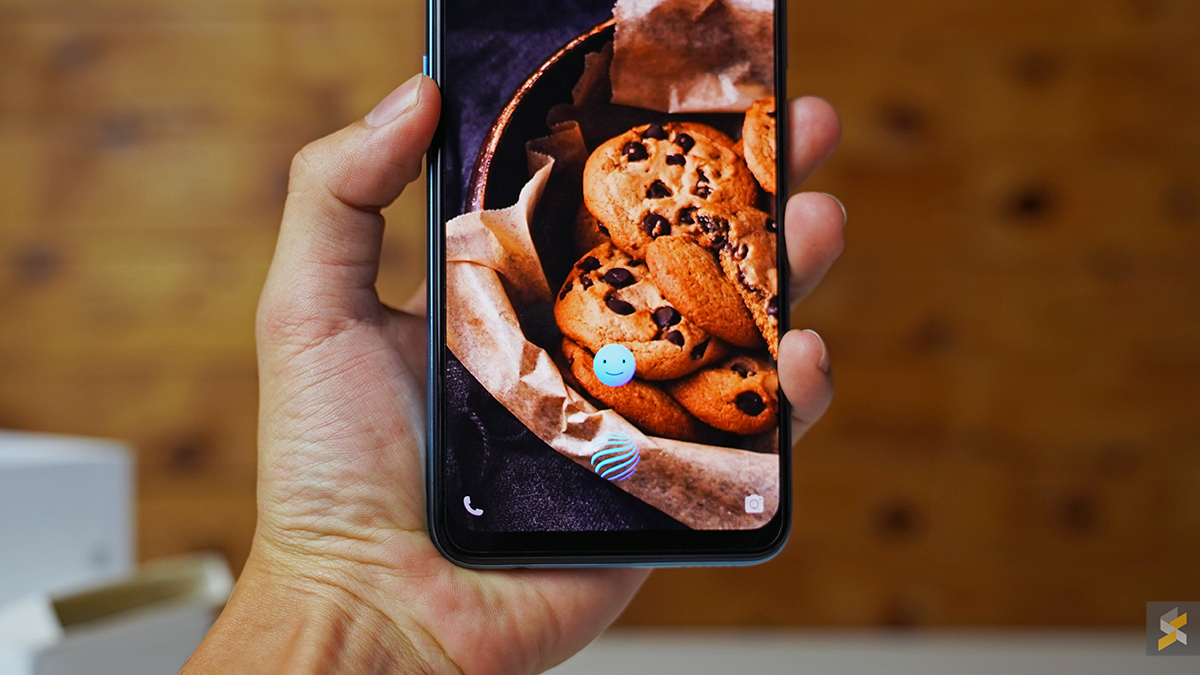
Did I mention that the S1 has a huge 4,500mAh battery? Definitely enough to get you through a day’s usage, perhaps two. It still uses microUSB, although Vivo’s 18W fast-charging technology is supported. The triple-camera setup is sufficient, with a 6MP main camera, an 8MP ultra wide-angle shooter and a 2MP depth camera for bokeh effects.
The S1 is powered by the Mediatek Helio P65 processor, with 6GB of RAM and 128GB of storage a pretty impressive option at this price point. Another plus point, of course, is the option for expandable storage via microSD. All in all, certainly a contender for a podium finish.
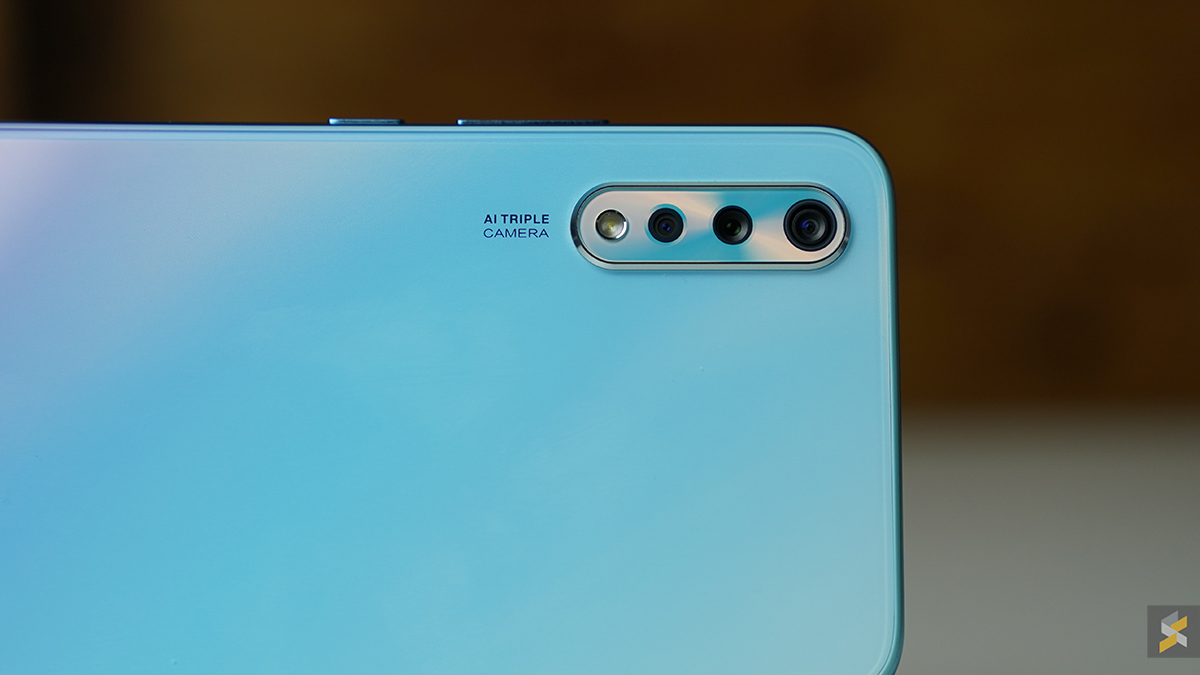
Vivo S1—6GB RAM, 128GB storage—RM1,099
Where to buy:
Online: Lazada, Shopee
Store: Authorised Vivo retailers
[nextpage title=”Vivo V15″]
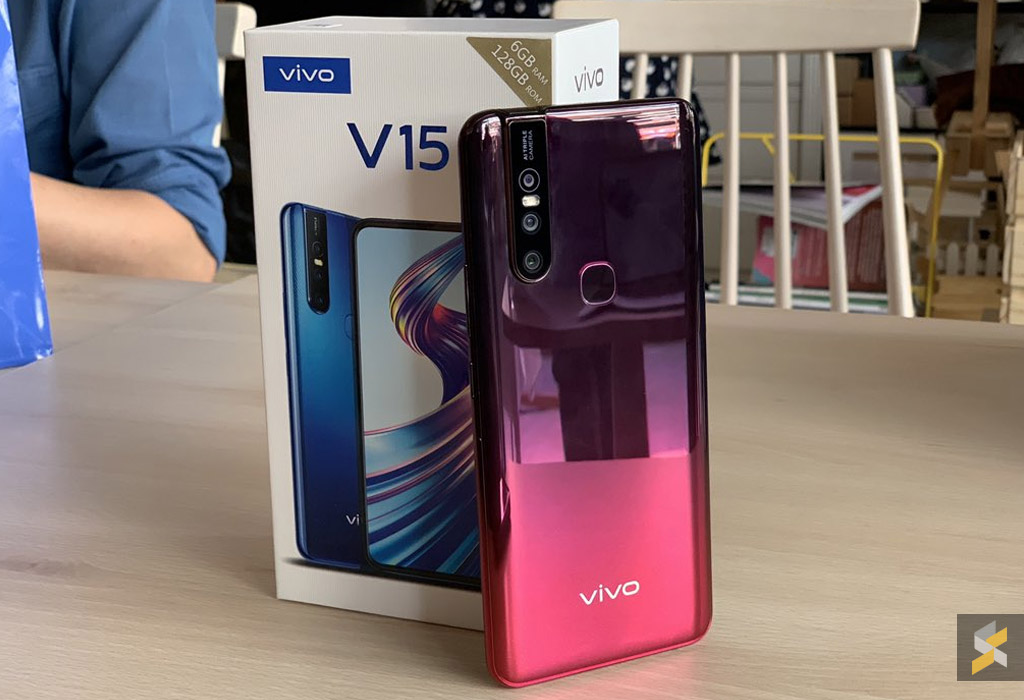
Vivo has brought over a number of features from the costlier V15 Pro over to the midrange V15, which gives this smartphone the edge over some of its competitors in the market today. This includes a 48MP 12MP primary camera sensor within a triple-camera setup, along with a 32MP front-facing camera that pops up when you take selfies or use face unlock.
The 4,000mAh battery under the hood only charges via microUSB, but Vivo provides an 18W fast charger out of the box. As for its processor, the V15 is powered by the midrange MediaTek Helio P70; you also get a large HD+ IPS display that’s totally unobscured thanks to the popup selfie camera.
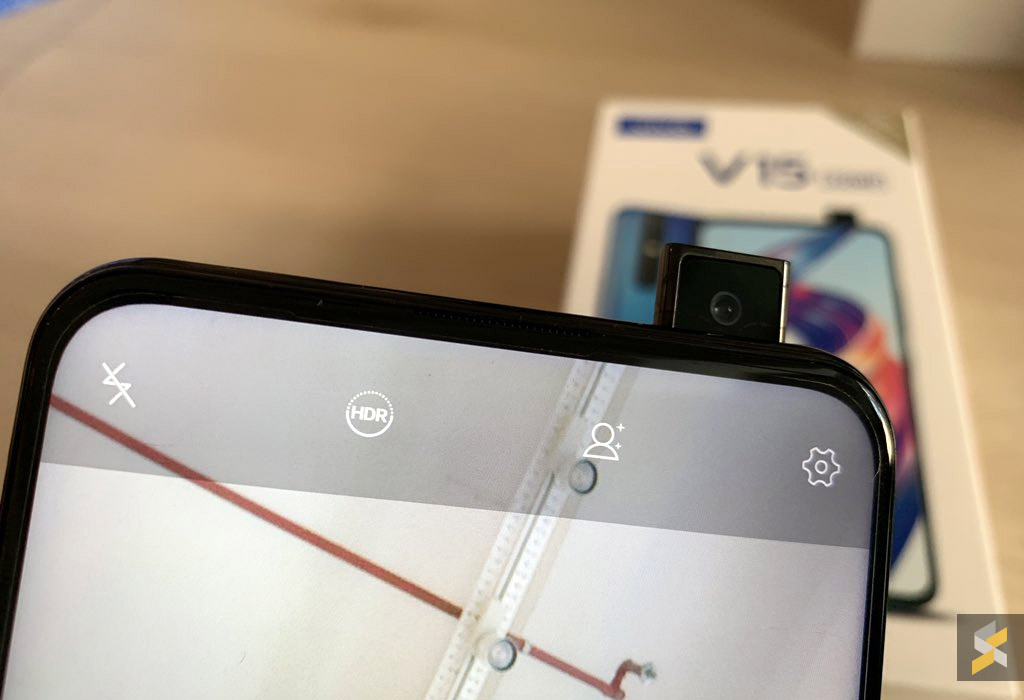
It’s certainly one of the more eye-catching front-facing cameras at this price point, based on specs, and the V15 might be the phone for you if selfie photography is your primary concern. It also comes with 6GB of RAM and 128GB of storage—plus points for the large 128GB model that’s still priced within this guide’s parameters. If you’d like something that stands out a little more, there’s a limited edition Blossom Pink V15 that’s also available from Vivo.
Vivo V15—6GB RAM, 128GB storage—RM1,299
Where to buy:
Online: Lazada, Shopee
Store: Authorised Vivo retailers
[nextpage title=”Xiaomi Mi 9 SE”]
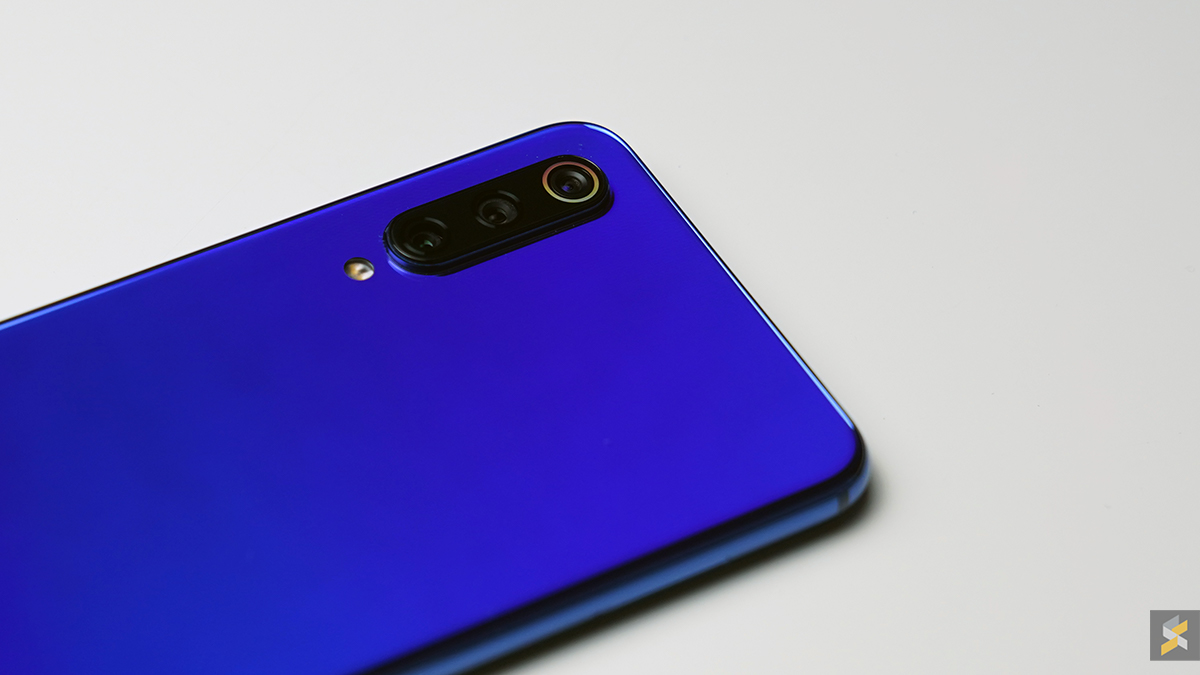
Another smartphone from Xiaomi, and the Mi 9SE is basically a budget version of the more expensive, flagship-class Mi 9. It’s a “premium midrange” device, as evidenced by its Full HD+ 5.97″ AMOLED display—not huge, but certainly large enough for good visibility.
It’s sports a Snapdragon 712 under the hood, along with a triple rear camera setup which consists of a great 48MP f/1.75 main camera, a 13MP f/2.4 ultra wide-angle lens and an 8MP f/2.4 telephoto camera for those faraway zoom shots.
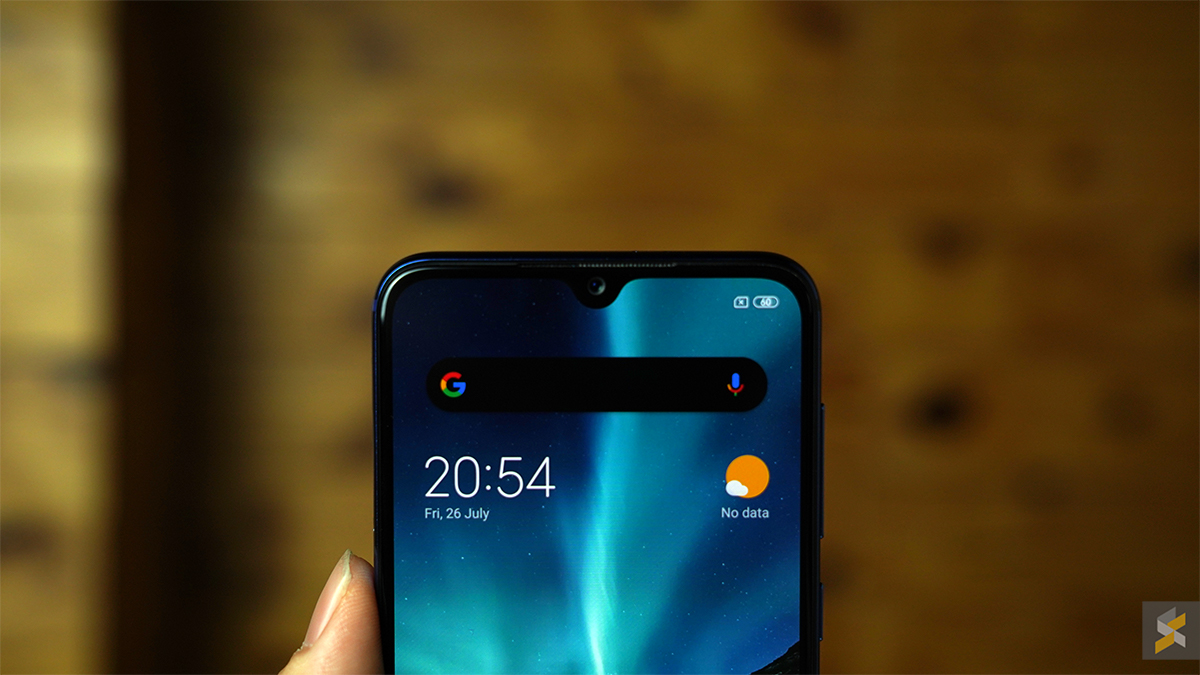
But here’s where it stumbles a little. 3,070mAh is definitely below average by today’s standards, with the caveat that battery life is also affected by software and usage patterns as well. You do get NFC for overseas payments, but you’re missing a headphone jack. Therefore, be prepared with USB-C adapters or grab yourself a pair of wireless headphones if you’re planning on getting the Mi 9SE.
The Mi 9SE is a sleek, well-sized smartphone, that’s great for a wide variety of photography shots. But it’s pushing the RM1,500 limit with its more costly variant, although you can opt for the cheaper, smaller storage version. A good phone, certainly, but perhaps some of Xiaomi’s other models provide better value (as you’ll soon see).
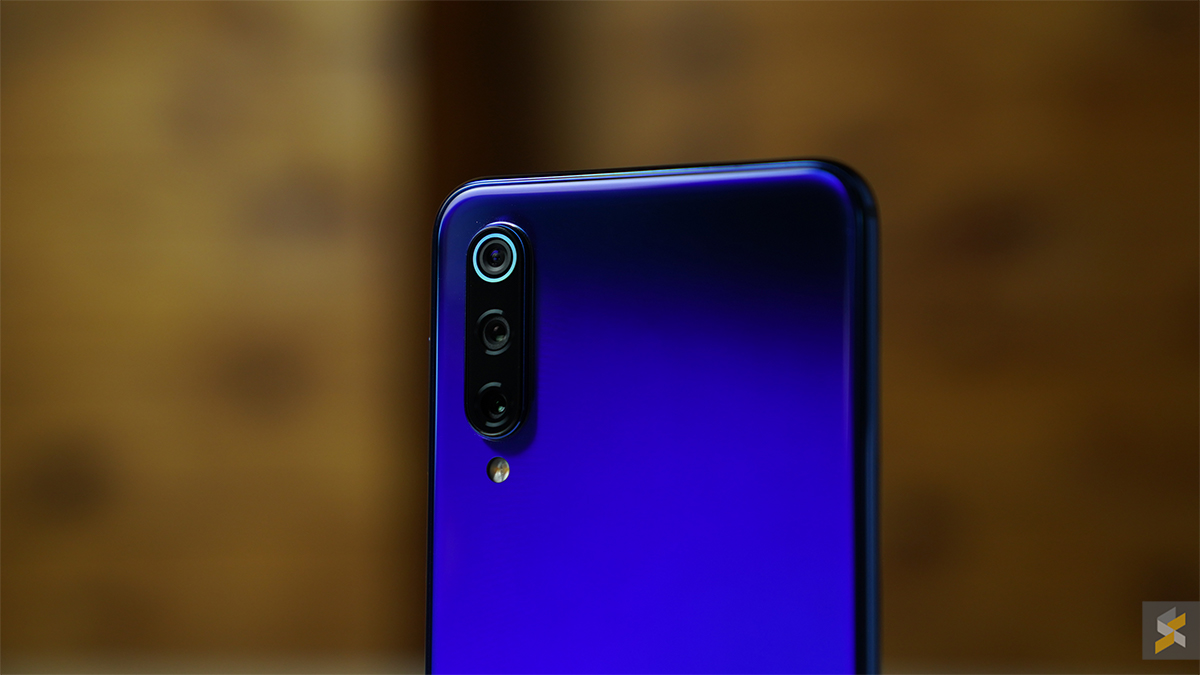
Xiaomi Mi 9 SE—6GB RAM, 64GB storage—RM1,299
Xiaomi Mi 9SE—6GB RAM, 128GB storage—RM1,499
Where to buy:
Online: Lazada, Shopee
Store: Authorised Xiaomi retailers
[nextpage title=”Xiaomi Mi 9T”]
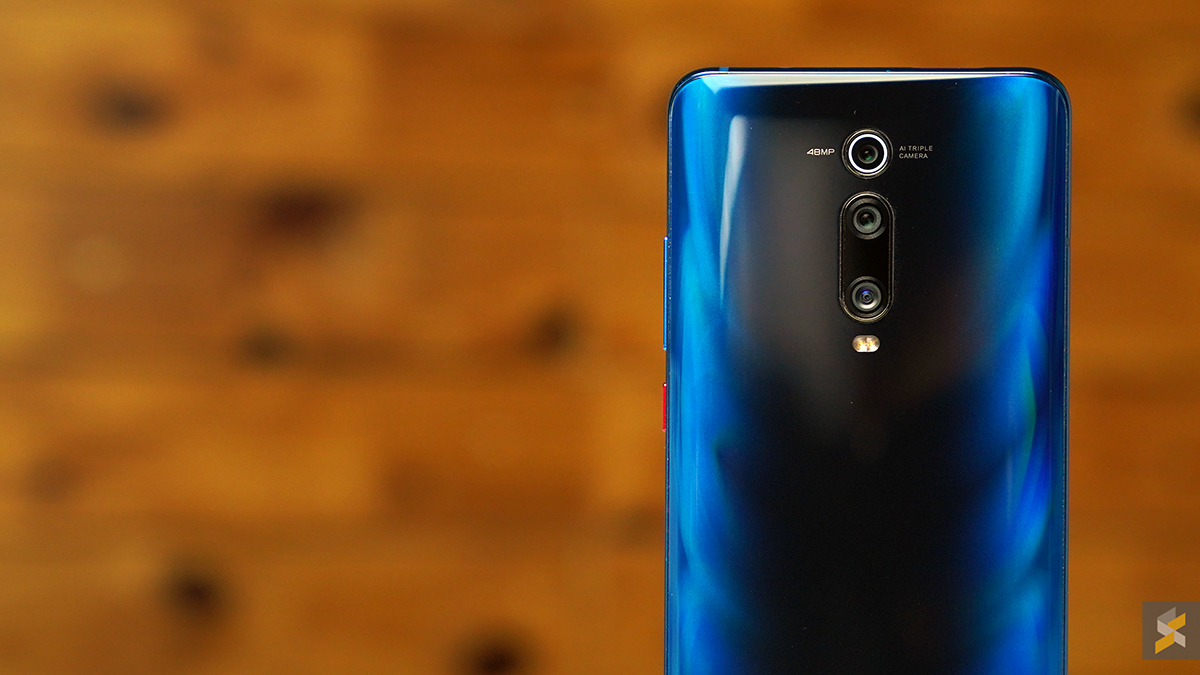
This is a curious one. Initially slated to be released internationally as the Pocophone F2 (it’s being sold in China as the Redmi K20), it’s recently been launched in Malaysia as the Xiaomi Mi 9T, and offers quite a lot for what it’s priced at—RM1,199 (for the base model).
Let’s not get ahead of ourselves here, but the Mi 9T seems to have taken a wholly different approach to the traditional midranger’s proposition. Instead of cramming a whole load of features into a rather cheap chassis, it’s gone the other way.
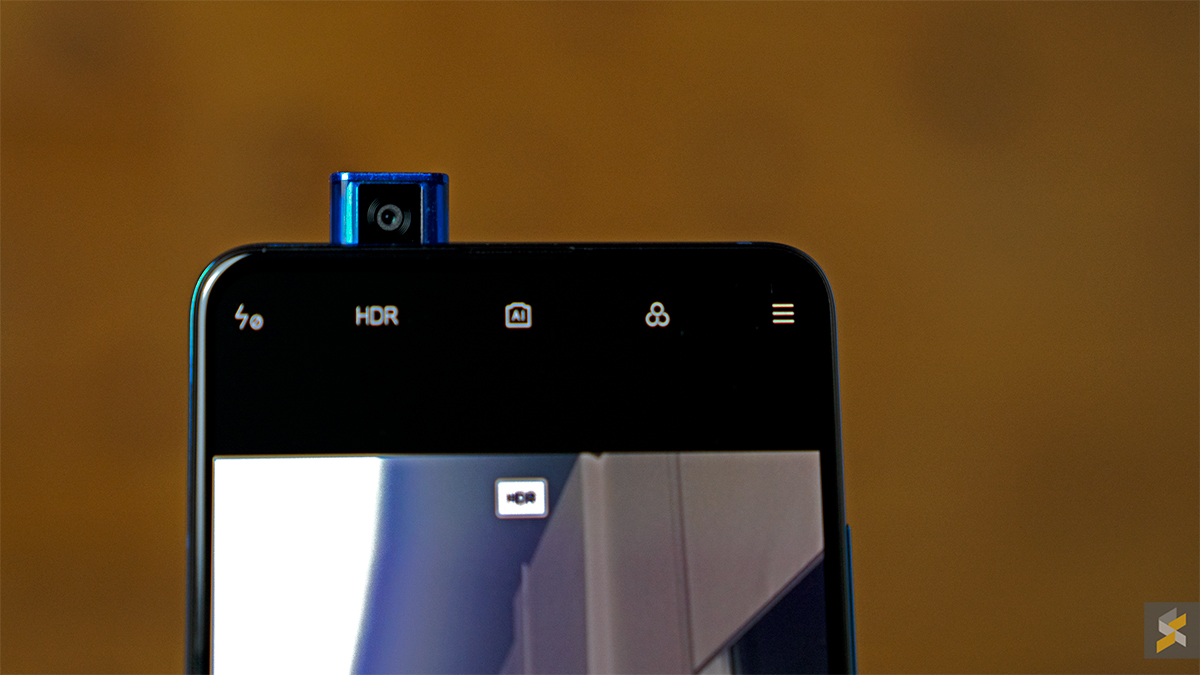
For a start, you get a 6.39” Full HD+ AMOLED display, which is a big upgrade from many of its midrange competitors. I have mixed feelings about the 20MP pop-up selfie camera, but the flip side of that is a beautiful, all-screen display. Personally, I’d turn off face unlock so as to preserve the motor pushing the selfie camera up, but Xiaomi says that they’ve tested the motor 300,000 times without an issue.
The Mi 9T is powered by a Snapdragon 730 SoC which, to be honest, isn’t all that discernible from a Snapdragon 8xx series if you aren’t doing benchmark tests side-by-side. Xiaomi’s also given the Mi 9T a pretty versatile camera setup, with a 48MP f/1.75 main shooter, a 13MP f/2.4 ultra wide-angle lens, and an 8MP f/2.4 telephoto camera which will give you 2X optical zoom.
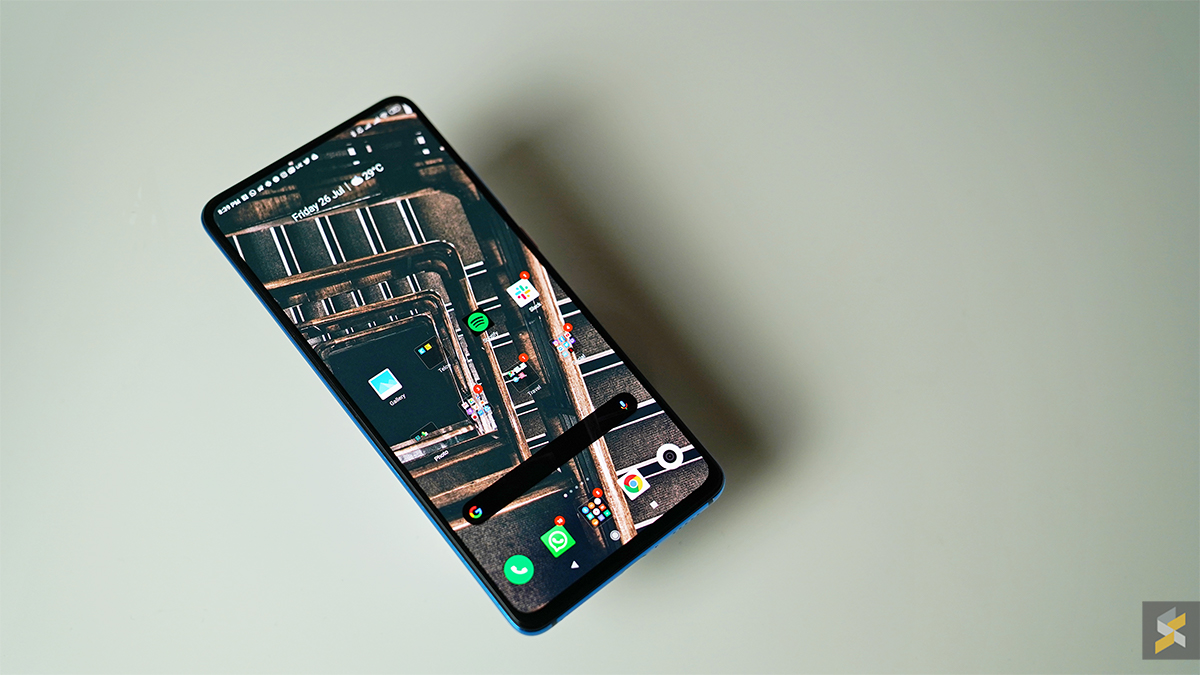
Having used the smartphone for just a short while thus far, I’d have to say that Mi 9T is an early contender for a strong podium finish (at least) this year. A great all-rounder of a device, coupled with a 3.5mm headphone jack and a decently-sized battery of 4,000mAh.
Xiaomi Mi 9T—6GB RAM, 64GB storage—RM1,199
Xiaomi Mi 9T—6GB RAM, 128GB storage—RM1,399
Where to buy:
Online: Lazada, Shopee
Store: Authorised Xiaomi retailers
[nextpage title=”Xiaomi Mi Max 3″]
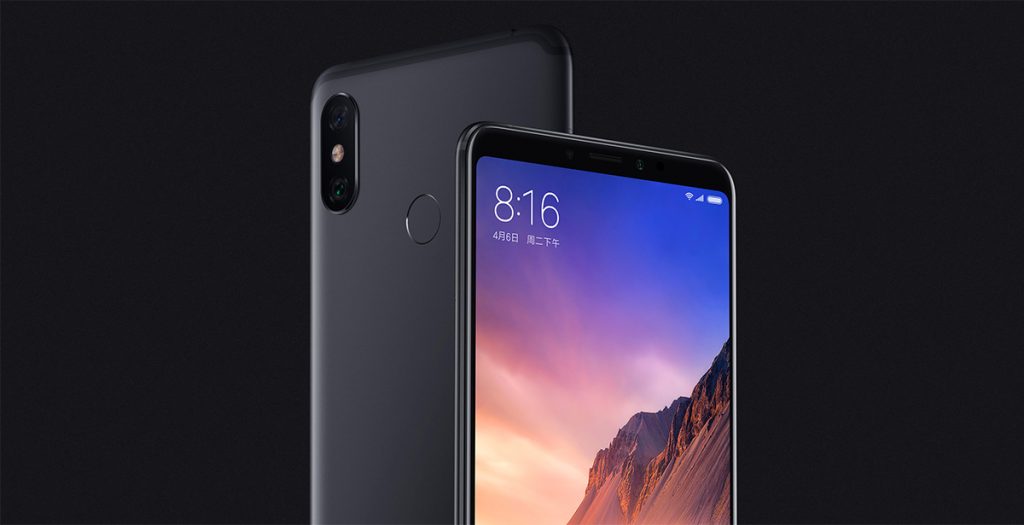
Yes, the Mi Max 3 isn’t really a 2019 phone by any stretch. But how could I leave out one of the only smartphones that can still be reasonably called a Phablet? It’s a monster of device, honestly. A 6.9″ phablet that packs a 5,500mAh battery is such a rarity, and it feels like a niche in the market that has surprisingly been neglected.
The Snapdragon 636 is a decent midrange processor, and it’s paired with 6GB of RAM and 128GB of storage. But it’s the display that really makes the Mi Max 3, well, max. It’s no-nonsense, notch-less, and pushes a Full HD+ resolution of 2160×1080 in an 18:9 screen aspect ratio.
Looks-wise, there’s nothing particularly special here. It feels good in the hand thanks to a metal unibody, while its fingerprint sensor at the rear is understated. But before getting a Mi Max, you have to consider how big this device will actually feel in your hand. I have relatively large hands, and it’s certainly a 2-handed device in most situations. The battery can be charged with Qualcomm’s QC 3.0 via USB-C, while Xiaomi thankfully remembered to slap on a 3.5mm headphone jack.
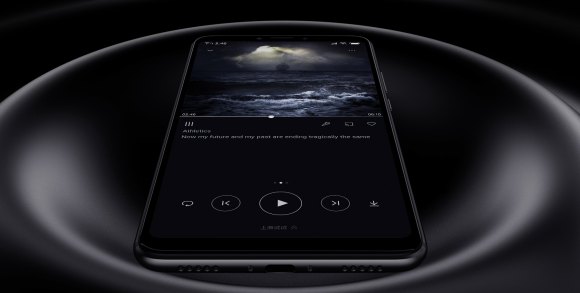
It’s an average dual-camera setup though—12MP f/1.0, 5MP depth sensor as well as an 8MP f/2.0 front-facing camera for selfies. All in all, it all depends on whether you want. If that’s a gigantic display, with a monstrous battery that supports quick charge, the Mi Max 3 is a no-nonsense, versatile, and possibly one of the best phablets around today.
Xiaomi Mi Max 3—4GB RAM, 64GB storage—RM1,099
Where to buy:
Online: Lazada, Shopee
Store: Authorised Xiaomi retailers
[nextpage title=”Xiaomi Mi MIX 2S”]
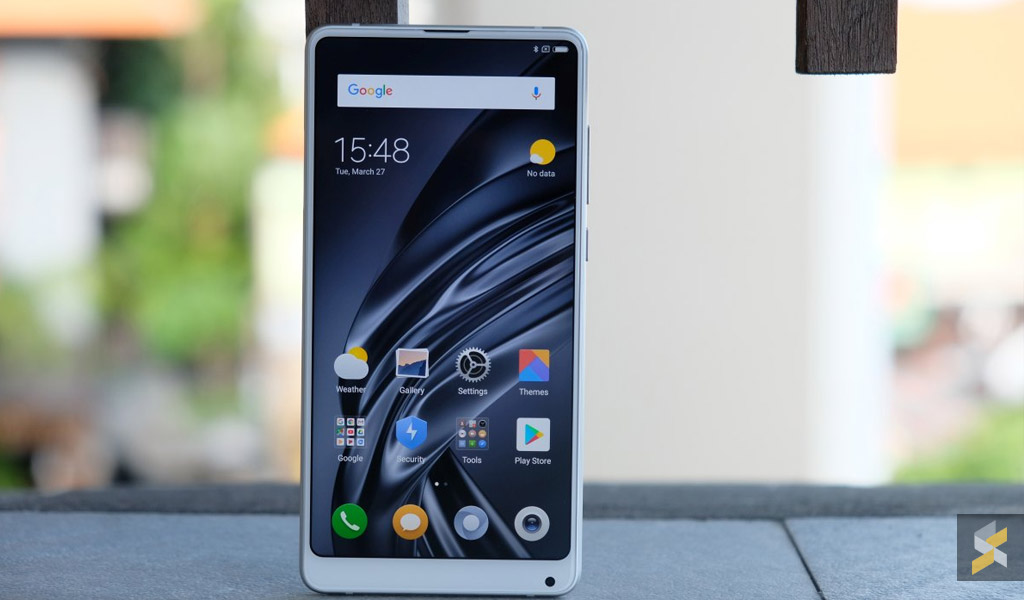
Yes, the Mi MIX 2S has been out for some time now. But Xiaomi Malaysia recently dropped its price to the sub-RM1,500 range, and it deserves a mention for the unique proposition it brings to the table. It has a premium-feeling ceramic back which means support for wireless charging, uses an older (flagship-level) Snapdragon 845 SoC, and has a decent 5.99″ Full HD+ display.
Xiaomi’s ‘concept’ device certainly shines in the camera department, with the Mi MIX 2S’ dual 12MP+12MP rear-cameras and 20MP selfie camera scoring 97 for its DxOMark Mobile score—rivalling many 2019 flagships. Despite its rather unorthodox placing of the 5MP selfie camera (right-side on the bottom lip), it’s a rather interesting attempt from Xiaomi to avoid having to obstruct any part of the display or work in a motorised popup selfie camera.
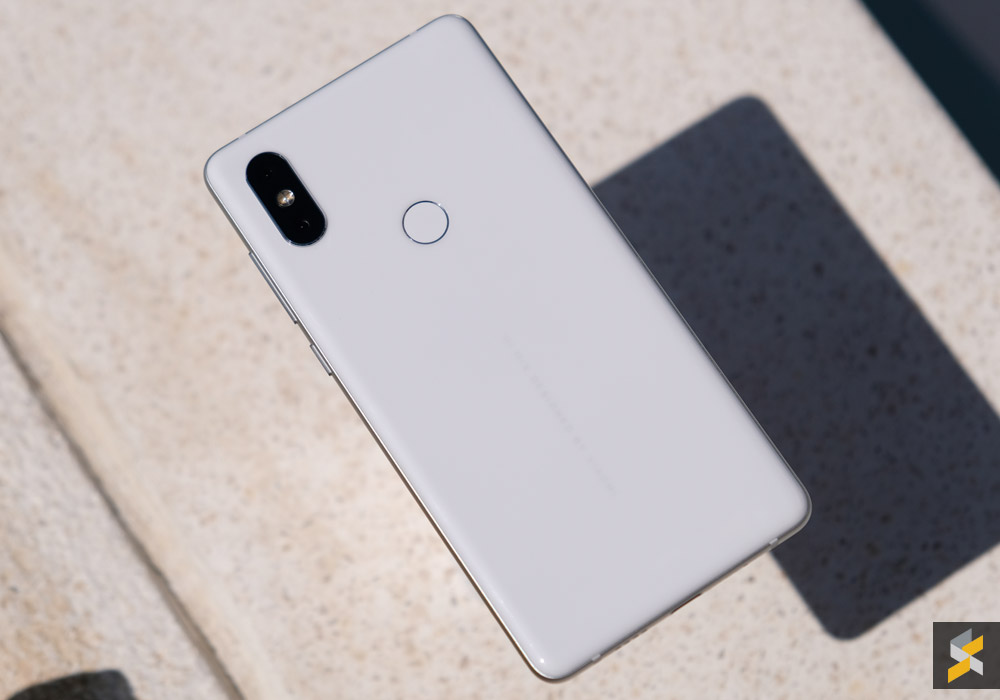
I’m more a fan of the Mi MIX 3’s slider design (nothing as satisfyingly nostalgic as a physical sliding mechanism), but the Mi MIX 2S’s selfie camera is still worth it’s novelty value, I feel.
That said, regular selfie-takers might want to stay away from this device, as you’ll inevitably get weirdly-angled self portraits due to the placement of the lens. Here’s a more detailed look at the Mi MIX 2S.
Xiaomi Mi MIX 2S—6GB RAM, 64GB storage—RM1,199
Xiaomi Mi MIX 2S—6GB RAM, 128GB storage—RM1,299
Where to buy:
Online: Lazada, Shopee
Store: Authorised Xiaomi retailers
[nextpage title=”Comparison table”]

UPDATE: Thanks to a price drop for one of the smartphones in our list, we’ve added in a new device into this buyer’s guide. We’ll continue to add any smartphones that are worth considering in this price bracket.
Now that we’ve discussed each and every smartphone on the list, here’s a table that should help you come to a decision. With the sheer amount of available devices in the market today, viewing smartphone specs side-by-side should give you an idea of the strengths and weaknesses of each model.
If you’re thinking of getting a smartphone to game, you’d probably be best served with a flagship processor, or one of the newer, upper-midrange processors like the Snapdragon 7xx SoCs. Most of Qualcomm’s processors also come paired with Adreno GPUs, which lend to a better overall gaming experience. And if you’re a real powerhouse of a user with media consumption, it’s always useful to have a big battery sustaining your device, along with a headphone jack—something like the Mi Max 3 or the Huawei Y Max, perhaps.
Or maybe you’re looking for something that’s really user-friendly and intuitive to use. You might consider one of the devices above that is on Android One, which comes without any bloatware—this helps create a cleaner, more minimalistic experience as a whole. Or maybe your priority is photos—don’t make the mistake of assuming that more MP = better photos.
Standout performers for photos are the Mi MIX 2S, the Mi 9T, or the Mi 9 SE, while those that take selfies regularly can consider the Samsung Galaxy A50, or even Oppo’s F11 Pro. You’ll get a better idea of what’s good and what’s not from our reviews section.
I’ve also listed the build of each device in the table above, although sometimes, plastic doesn’t really feel all that bad. Perhaps it’d be best if you could get your hands on an actual unit before purchasing something, as everyone has their own preferences.
And of course, it’s important to get a device that supports the latest versions of Android so that you can get the latest security patches and updates, which translates to a longer lifespan for your device in general. All the devices above are running on Android Oreo and above, with most of them supporting the Android Pie update. We’ll have to see which devices get Android Q, however.
And of course, don’t forget to weigh in the storage capacities of the phones, or displays. A quick guide to smartphone displays: generally speaking, AMOLED displays look a lot more vibrant with better contrast, making them ideal for video-watching and the like. They also offer better visibility in bright environments, and you can even extend your battery life with dark/night mode settings, although that depends on usage patterns as well. You won’t find many in this price bracket, so devices like the Mi 9T or the Samsung Galaxy A50 have pretty great displays for the price.
And if you still can’t make a decision even after going through everything twice (or thrice), read on to find out what our favourite choices are from the guide above.
[nextpage title=”Editor’s choice”]
UPDATE: Thanks to a price drop for one of the smartphones in our list, we’ve added in a new device into this buyer’s guide. We’ll continue to add any smartphones that are worth considering in this price bracket.
Finally, we’re here! Let’s explain things before we proceed any further. The editor’s choice will be broken down into a podium—3 of the best, overall devices in the guide for this year. This isn’t to say that smartphones not on the podium are bad, quite the contrary in fact. Some may have great cameras, or huge batteries, but the top 3 devices have been selected based on their all-round capabilities.
I’ll also be adding some honourable mentions because, well, I can’t bear to leave out a few devices here that simply offer something that’s just unique.
#1 Xiaomi’s Mi 9T is exactly what the midrange segment needs
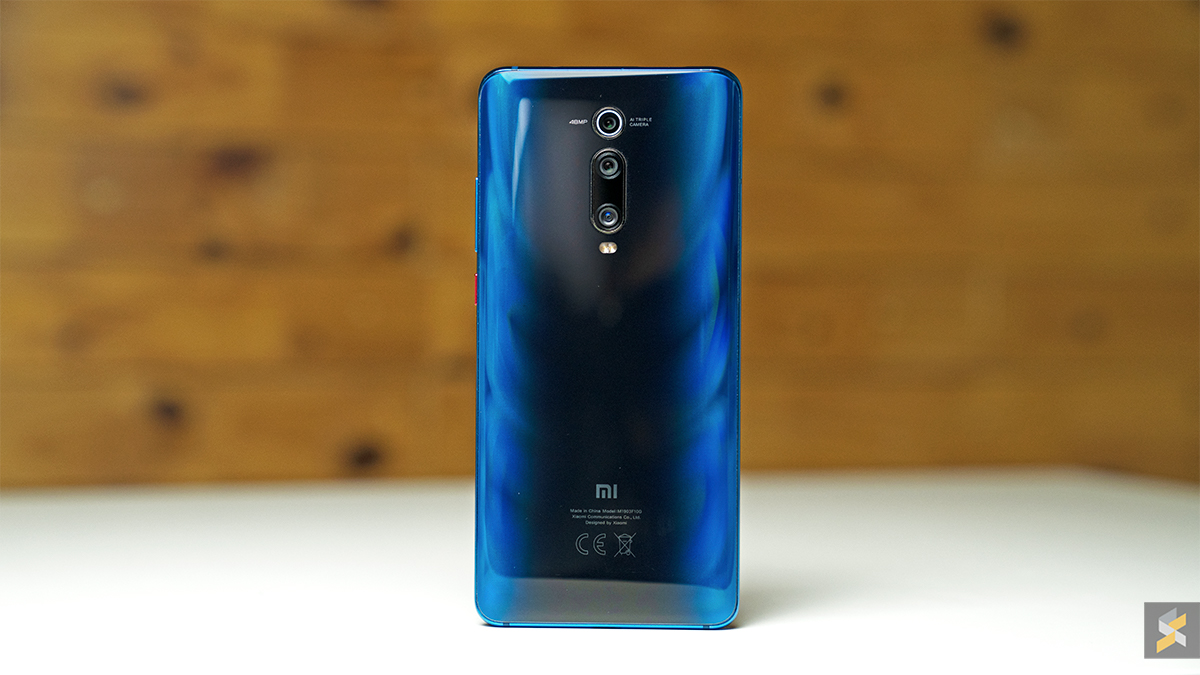
This is, undeniably, one of the best value-for-money smartphones in 2019. I’ve tried to look for downsides to Xiaomi’s latest midranger, and while it isn’t perfect, there’s a lot to love about the device. For starters, it’s simply a great display to look at.
Having used the Mi 9T myself, the difference between its AMOLED display and an IPS display like the Pocophone F1’s, is night and day. Coupled with the fact that it has an all-screen display thanks to a pop-up selfie camera, and the unobstructed 6.39″ AMOLED display is great for all manner of tasks.
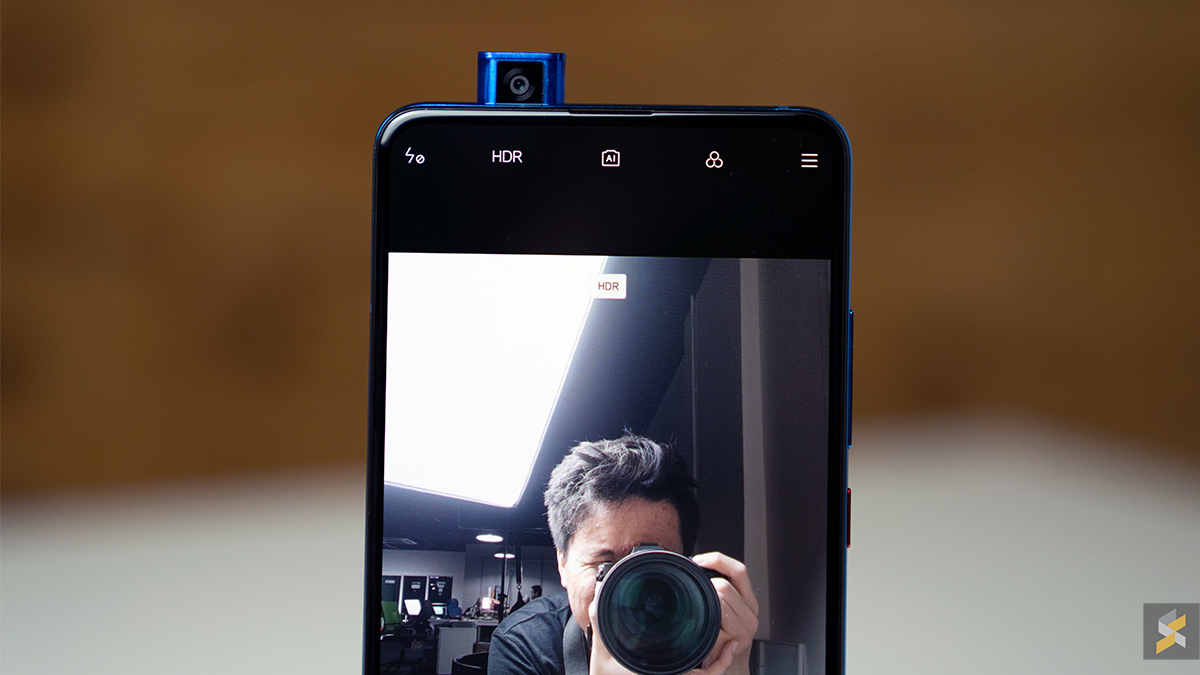
Before finalising the winner, I asked my colleagues here at SoyaCincau for their opinions, and it’s safe to say that the Mi 9T has made quite an impression. Throw in a headphone jack, a big 4,000mAh battery, and a versatile camera setup, and you’ve got yourself a superb smartphone. Not forgetting, of course, the Snapdragon 730 powering the smartphone—arguably the best upper-midrange processor at the time of writing.
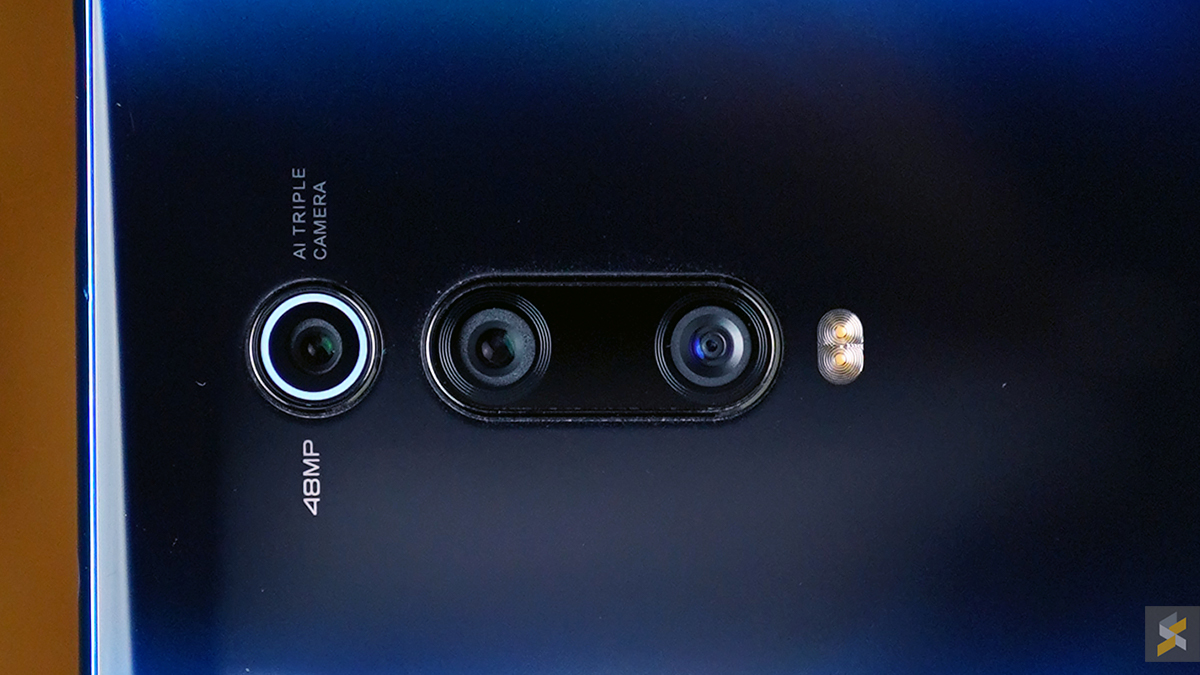
And it all comes at a price of RM1,199. Kudos, Xiaomi.
Where to buy:
Online: Lazada, Shopee
Store: Authorised Xiaomi retailers
#2 A price cut gets the Honor View 20 onto the podium
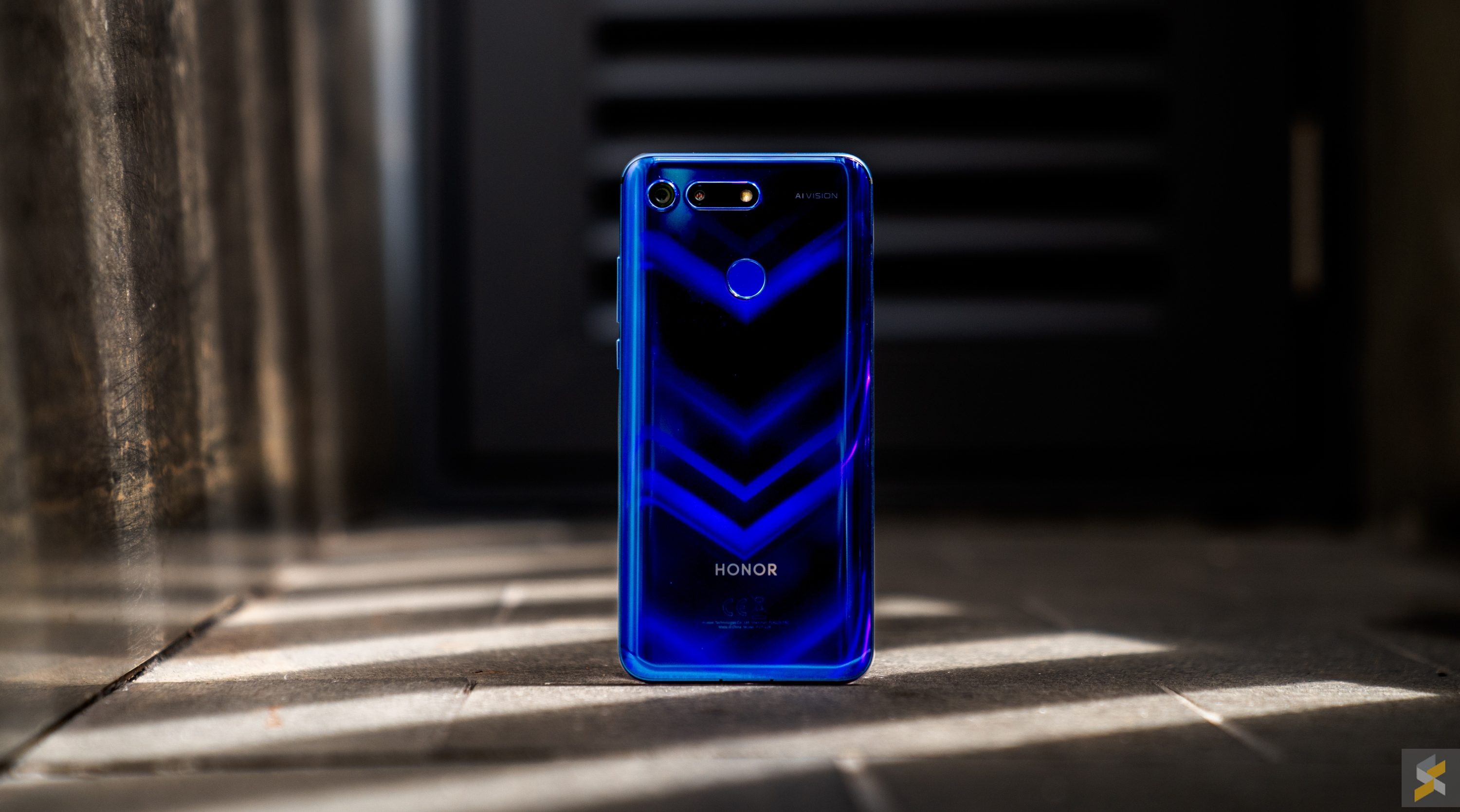
Honor’s flagship makes it onto the podium for a few reasons. Remember, this is a genuine flagship-class smartphone that was retailing for just under RM2,000 at the beginning of the year, and the reduced price of RM1,500 makes it one of the best smartphones in this bracket.
It’s taken the place of the Pocophone F1 (relegated to the honourable mentions section below), as the Honor View 20 has the Pocophone’s strongest point—power under the hood—and is overall a better phone. But I’ve kept the Galaxy A50 on the podium due to the versatility offered by Samsung’s smartphone, more on that later.
According to my colleague who did a full review of the View 20, the camera’s performance is certainly better than something like the Galaxy A50’s, and is somewhere in the league of the Mi 9T’s camera. This isn’t much of a surprise, with Honor’s smartphone packing a Sony IMX586 sensor, which is similar to the Mi 9T’s Sony IMX582 sensor. And that’s not even taking into the ToF sensor into account.
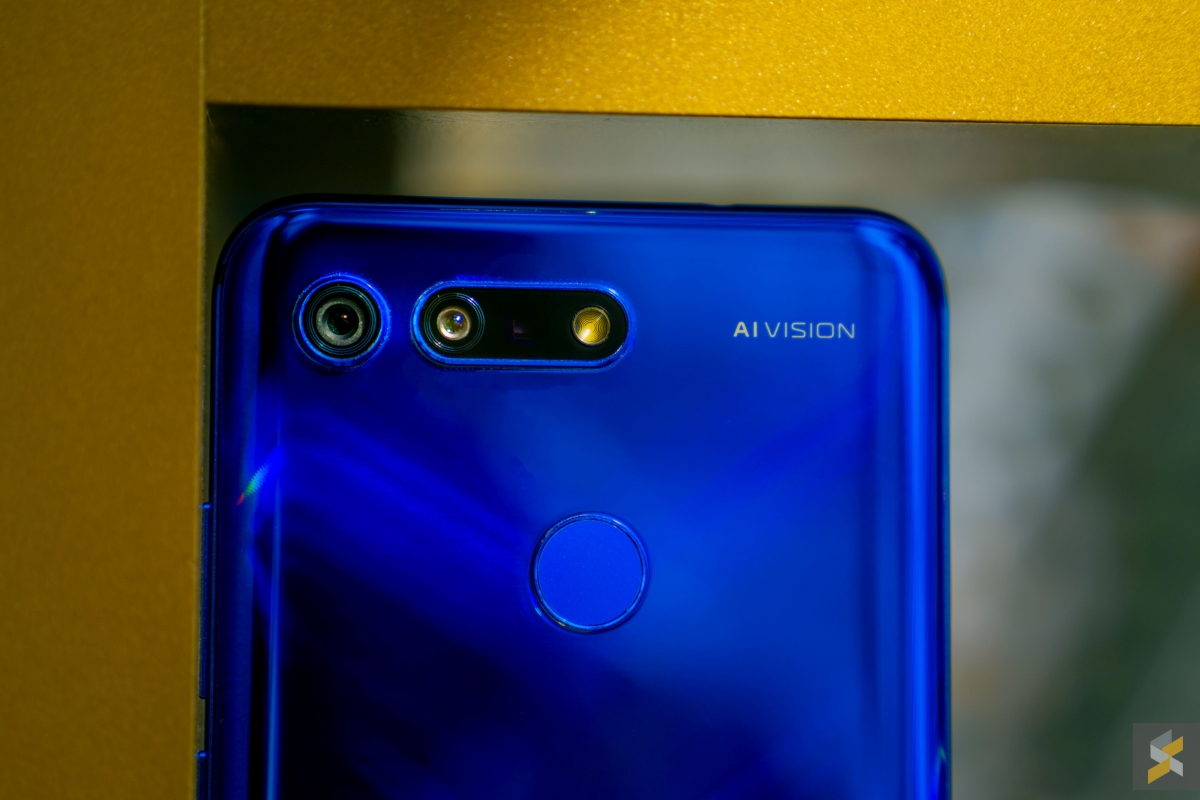
And of course, you can’t get by the Kirin 980 processor that powers the device. I’ve always argued that power has to be a major consideration for a smartphone—especially in a price bracket—and when you consider that you’re getting the same power that the premium Huawei P30 Pro packs: it’s great value. That, and the View 20 has a 4,000mAh battery that uses the same SuperCharge fast-charging that Huawei’s premium devices use.
On a slightly negative note, it lacks an AMOLED screen, and you’re also missing out on the versatility offered by an ultra wide-angle lens. But all in all, certainly a superb phone to get right now. To find out more about the View 20’s camera performance, here’s a comparison to get you started.
Where to buy:
Online: Lazada, Shopee
Store: Authorised Honor retailers
#3 The Samsung Galaxy A50 breaks Xiaomi’s stranglehold on the midrange
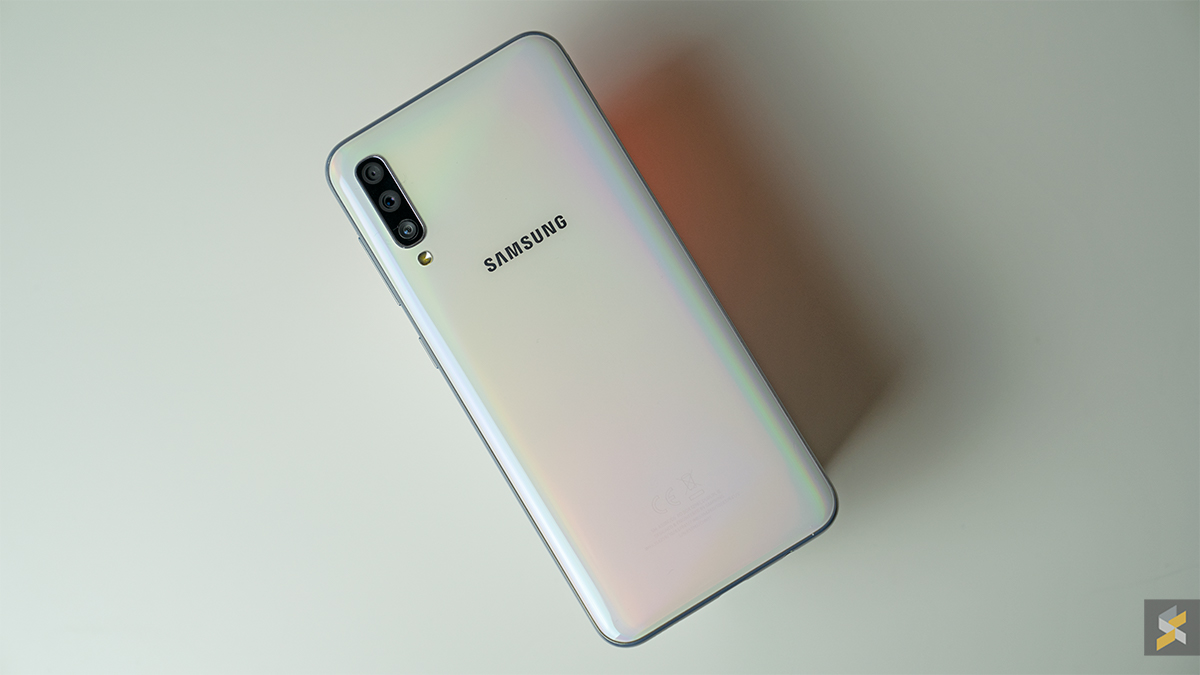
It feels a little strange having one of Samsung’s midrange devices here, but the Korean smartphone-makers have been stepping up their efforts to gain a slice of the midrange pie. The Galaxy A50, with a solid overall set of specs, does actually feel relatively good in the hand with a “Glasstic” (basically, plastic that looks like glass) finish.
You get a solid, versatile triple-camera setup with a 25MP main lens, an 8MP ultra wide-angle lens, as well as a 5MP depth sensor, and selfies are also covered with a 25MP front-facing camera. The Exynos 9610 processor used by the A50 is essentially the counterpart to Qualcomm’s Snapdragon 675, and should suffice for most tasks, including gaming.
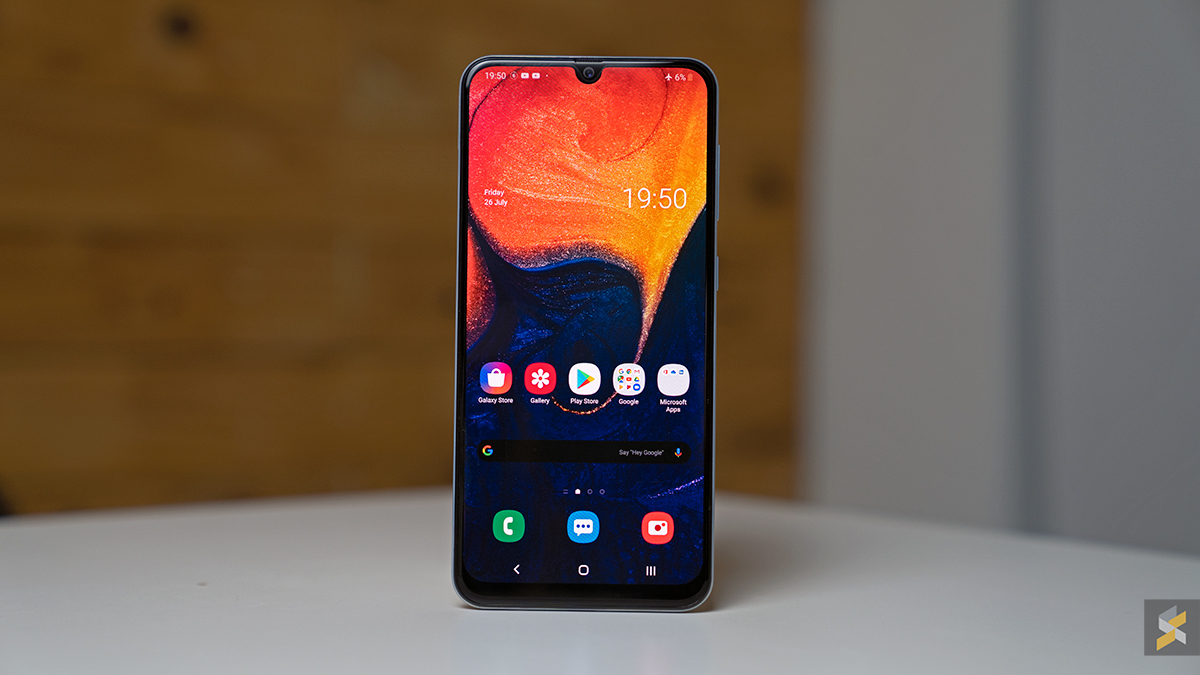
These are certainly solid enough specs, but its the display that really gets the Galaxy A50 onto the podium for me. A 6.4″ Full HD+ display, importantly, utilises a Super AMOLED panel, which makes for a superbly vibrant display, and really sets the smartphone apart from other competitors on the list.
Aside from that, battery-life is good on the A50 with a 4,000mAh battery (it’s surprisingly light despite the large battery), you get a headphone jack, and there’s also the understated ability to expand your storage via a dedicated slot microSD. With 6GB of RAM and 128GB of storage available at around RM1,200, the A50 is generally a great device for most average users, and breaks the chokehold that Chinese smartphone-makers (looking at you, Xiaomi) have had on the midrange market in recent times.
If you can’t decided between this and the Mi 9T, we’ve got you covered. Here’s a direct comparison between the Galaxy A50 and the Mi 9T.
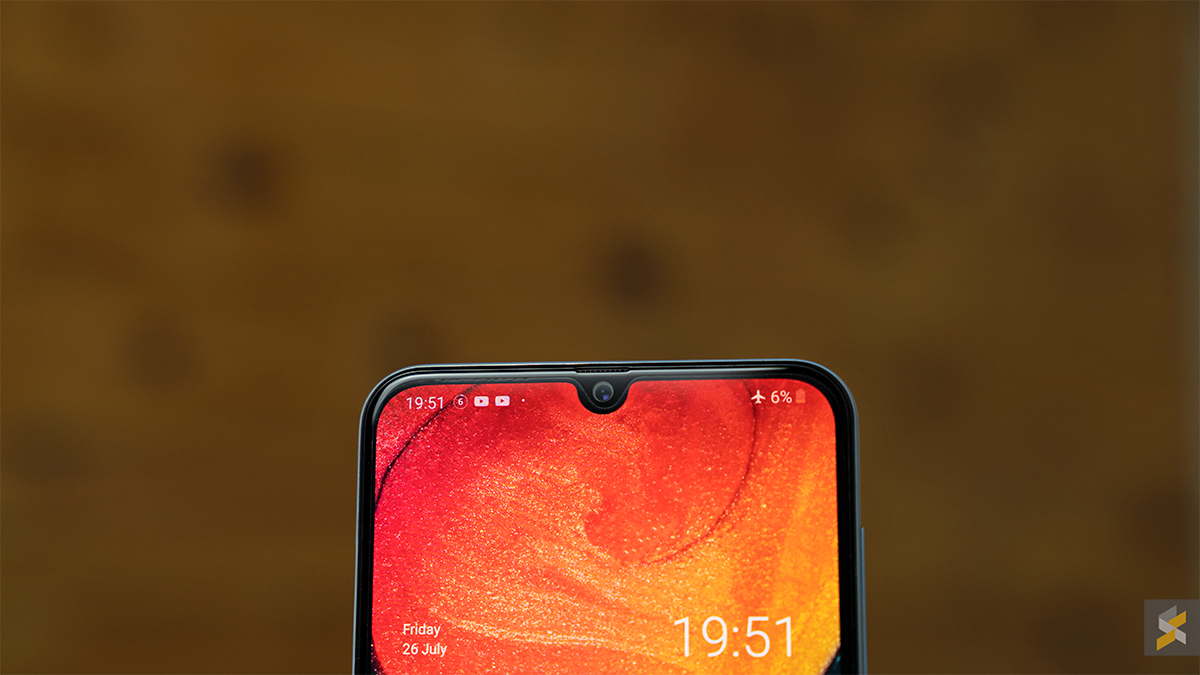
Where to buy:
Online: Lazada, Shopee
Store: Authorised Samsung retailers
#Honourable mentions
And there you have it. An honourable mention has to go out to the Mi MIX 2S, which has a superb camera, as well as a feature that no other device in this guide has—wireless charging. The ceramic material used for the Mi MIX 2S is also the most premium build on the list, while I can’t help but laud Xiaomi for experimenting with a seriously weird/creative placing of the selfie camera. An old device, for sure, but certainly still a well-built smartphone.

Not forgetting, of course, the gigantic phablets, the Mi Max 3 and Huawei Y Max. Not much separates the 2, although the Y Max just about edges the Mi Max 3 due to its newer, and subsequently marginally better, specs. They both also come with headphone jacks, which is doubly important if this is your primary media consumption device.
Unrivalled devices if you’re looking to Netflix on the go, really.
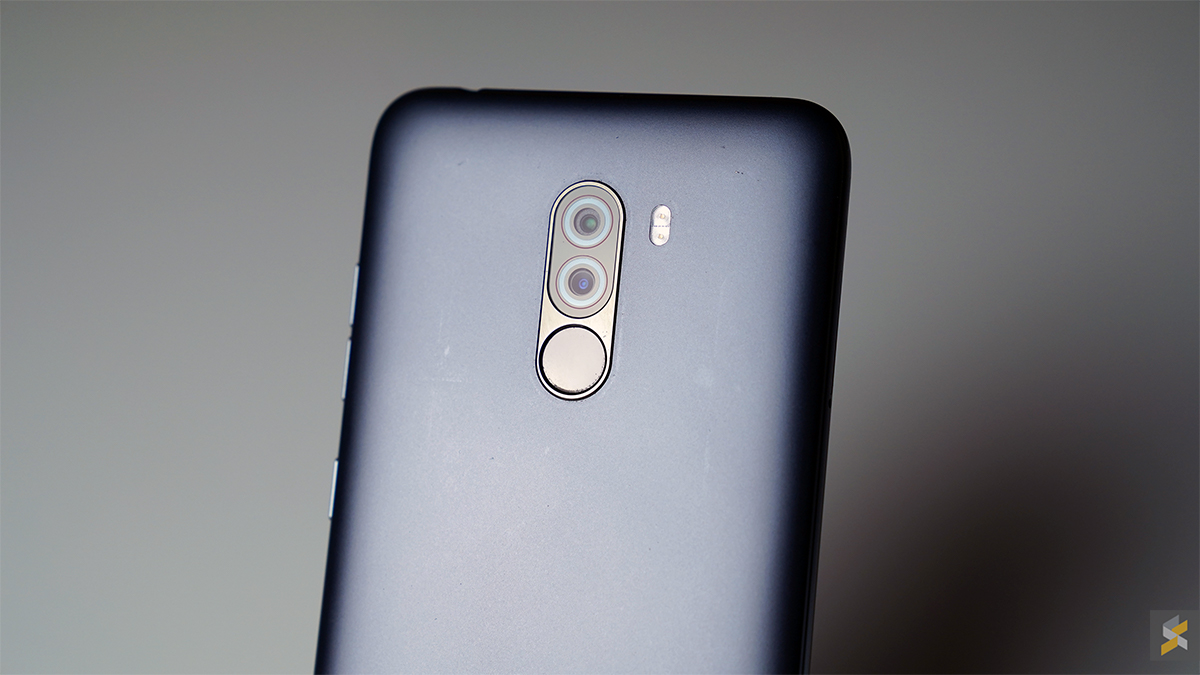
I actually use a Pocophone F1 as my daily driver, and while it certainly has its shortcomings, it’s still one of the smartphones to beat (sub-RM1,500) if you’re looking for raw power under the hood. It’s powered by the almost-new flagship Snapdragon 845, has 6GB of RAM—even for its base model that dances with the RM1,000 lower limit, and has a great 4,000mAh battery that supports Quick Charge 3.0.
But do keep in mind that the large notch and chin do get in the way of an average screen, while the camera’s performance is under-par, as opposed to being impressive in any sort of way. Videos recorded, perhaps due to the lack of OIS, don’t look all that great.
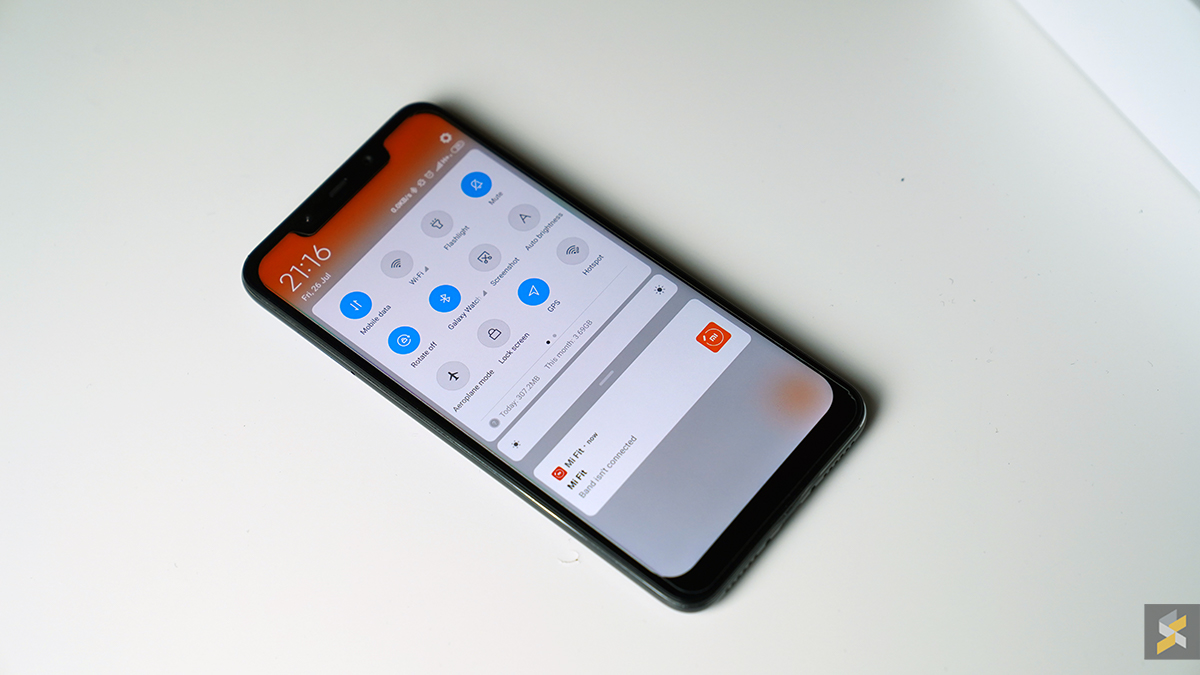
There’s no wireless charging, with the F1 utilising a polycarbonate (plastic) back, although you get expandable storage and a headphone jack, at least. But there’s still a lot to love about the Pocophone F1, which supports the Android Pie update (comes with 8.1).
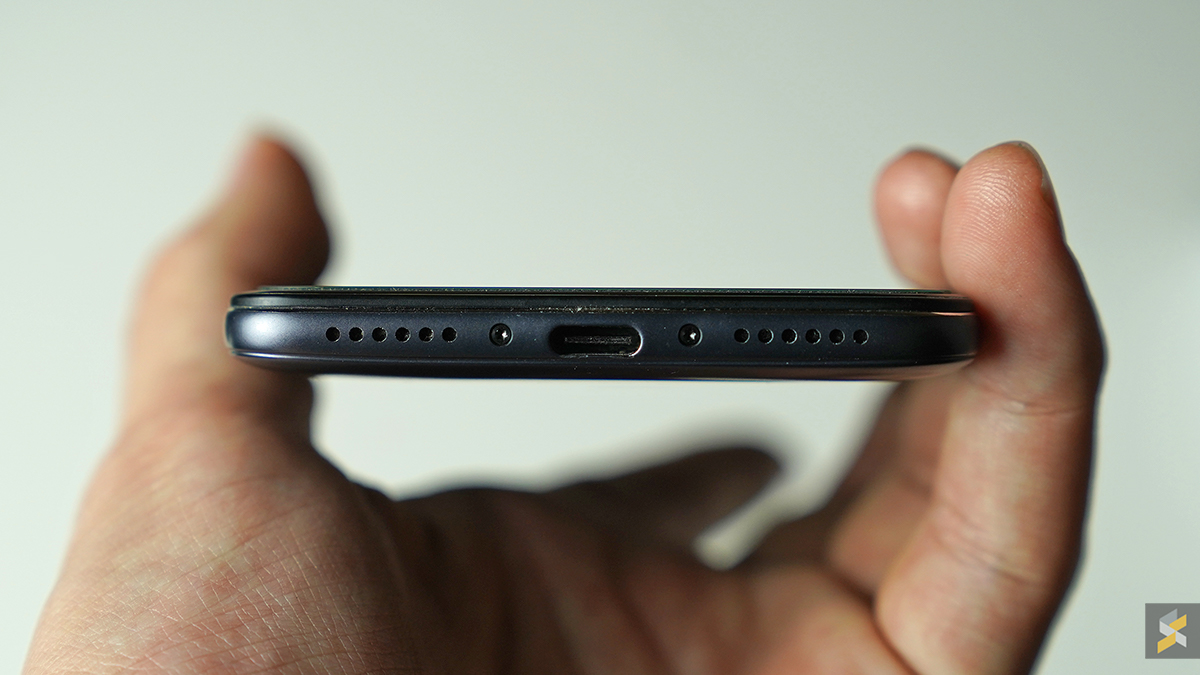
That’s just about it, but it’s safe to say that any of the devices on this list would still be a great choice for you. Let us know if you think that we’ve missed a device, and if you’ve made a decision based on this guide, be sure to let us know in the comments section below. And if you still can’t decide, then, I do hope that you’ve nonetheless enjoyed reading this guide.
—
Photography by Nic Ker and Zachary Yoong with the Sony A7 III.

